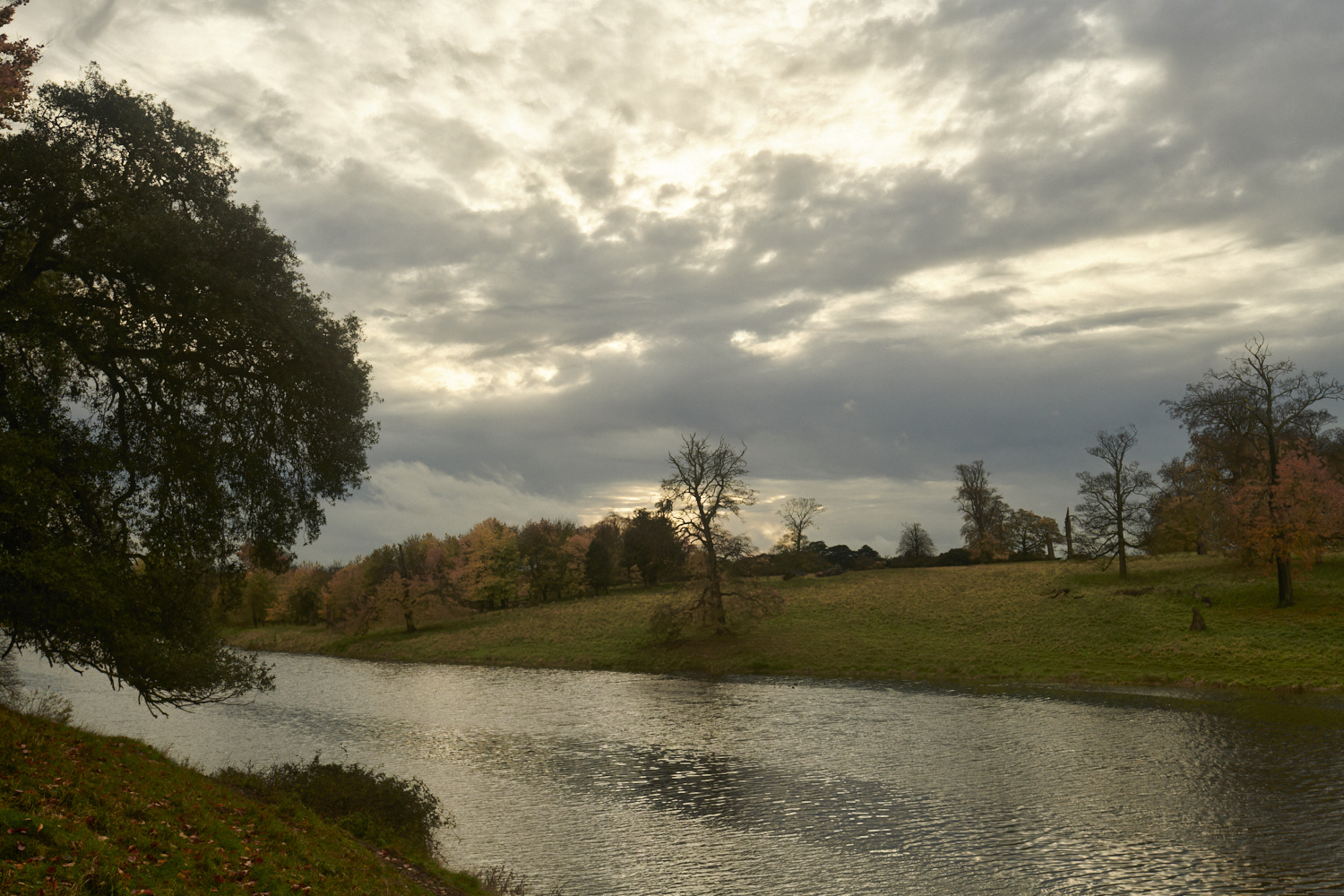Holkham Park
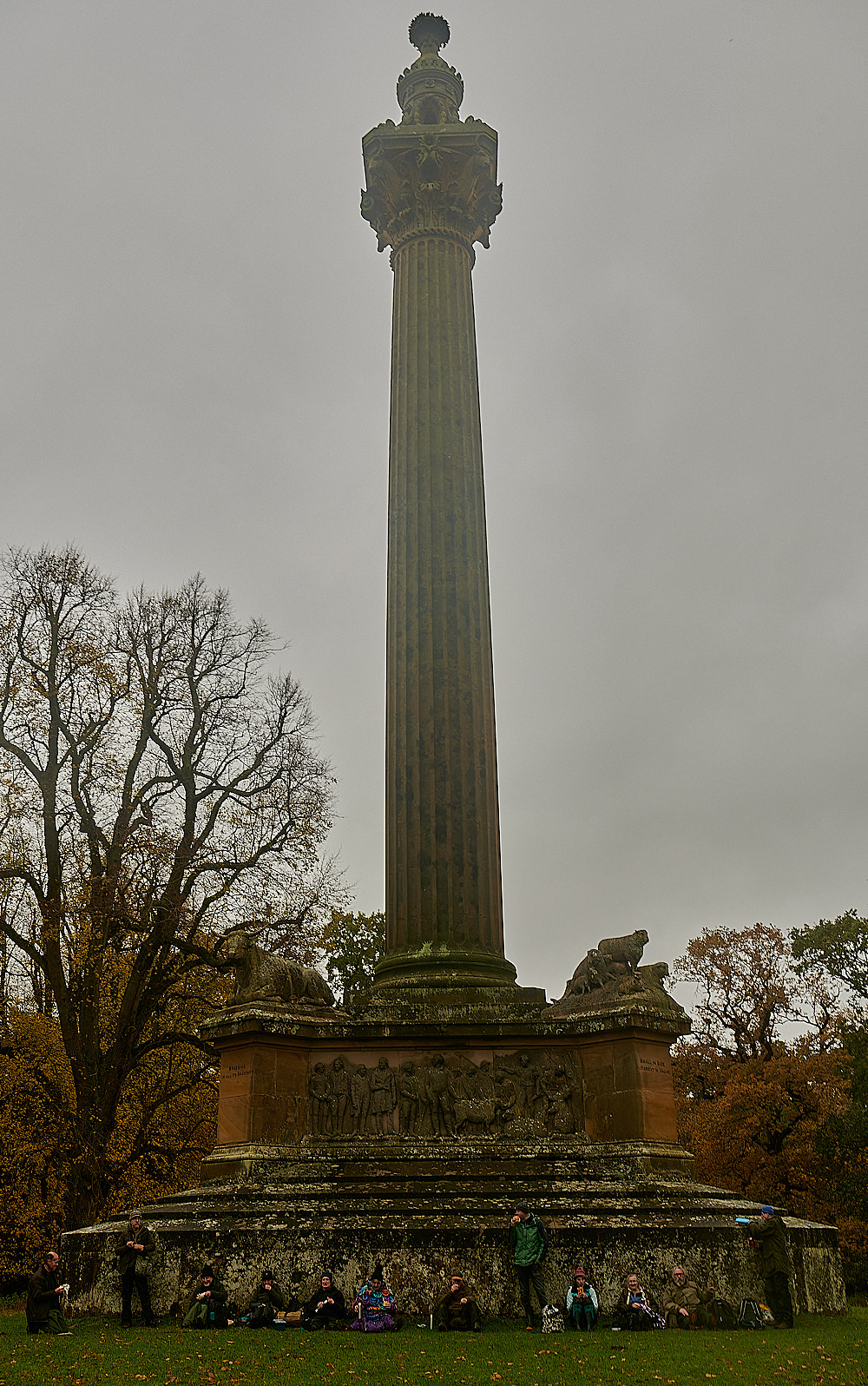
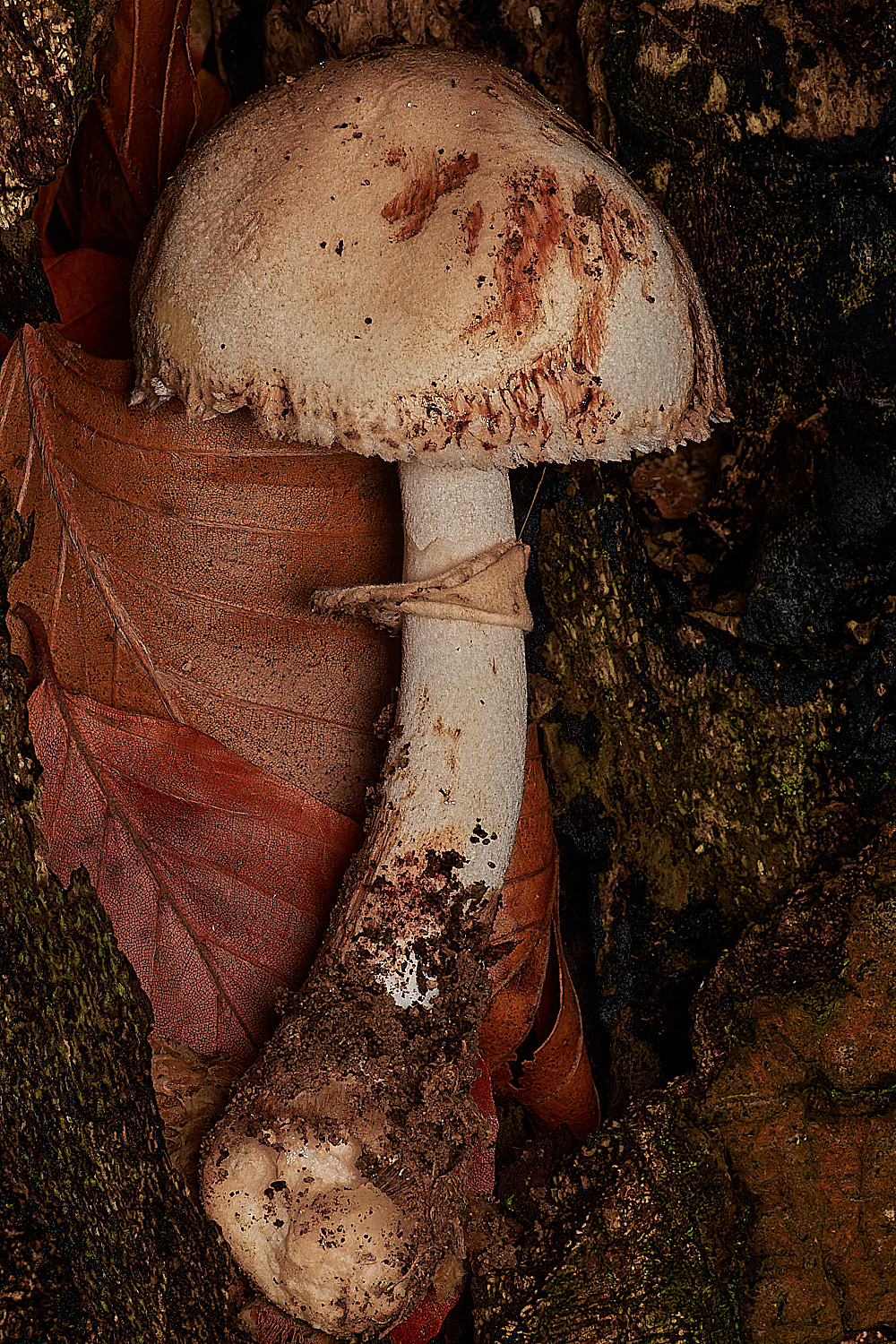

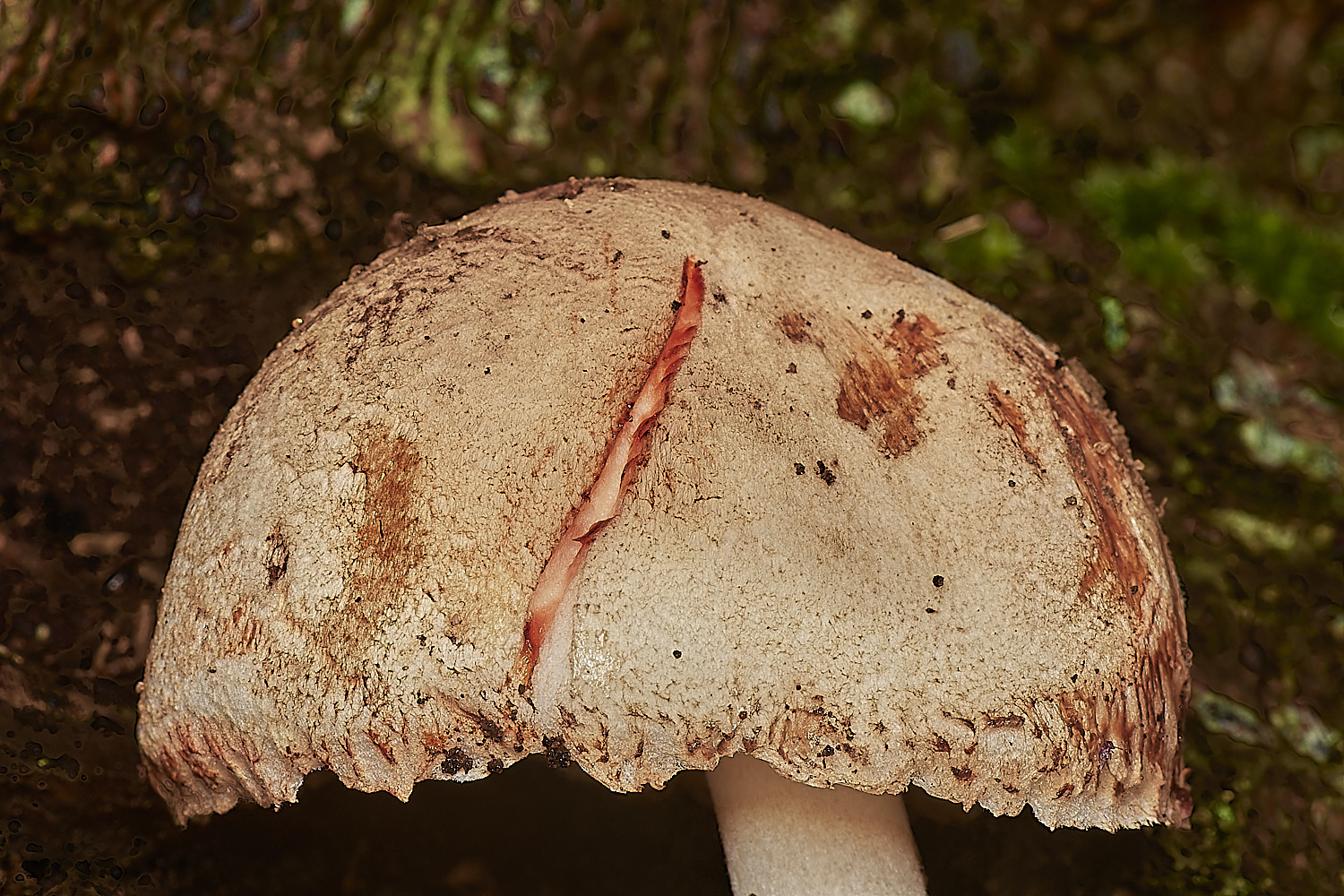
Blushing Dapperling (Leucoagaricus badhamii)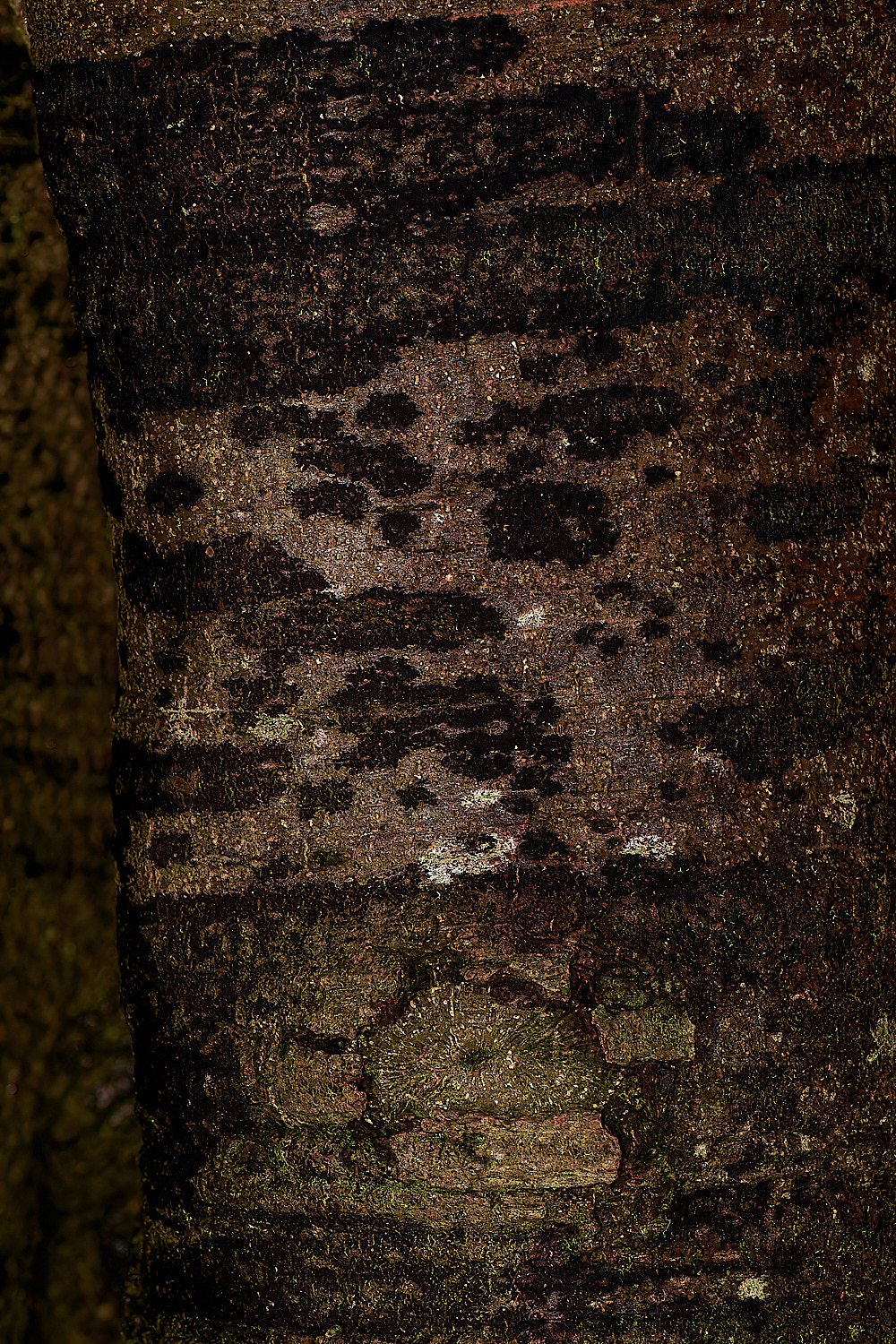
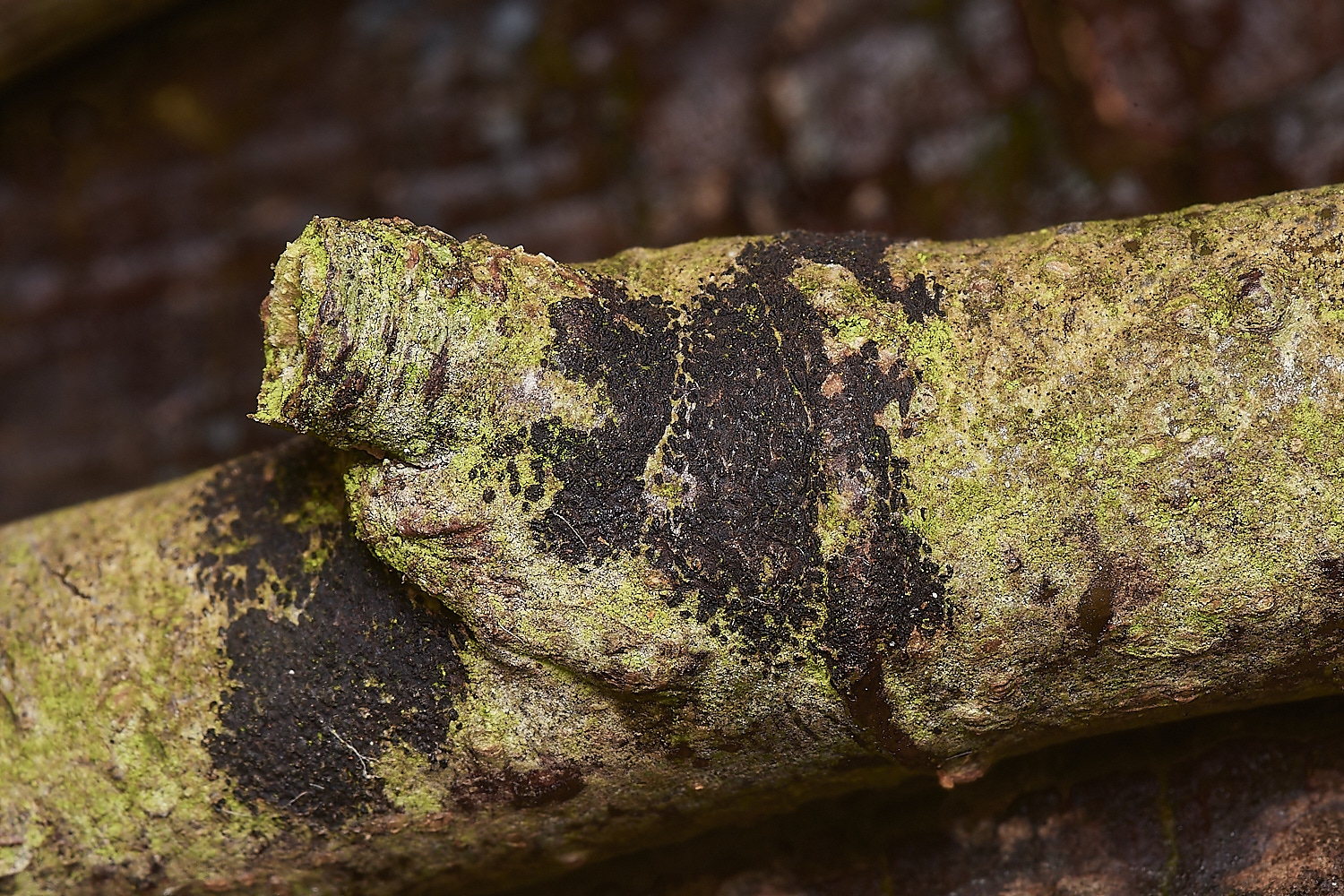
Ascodichaena rugosa on Beech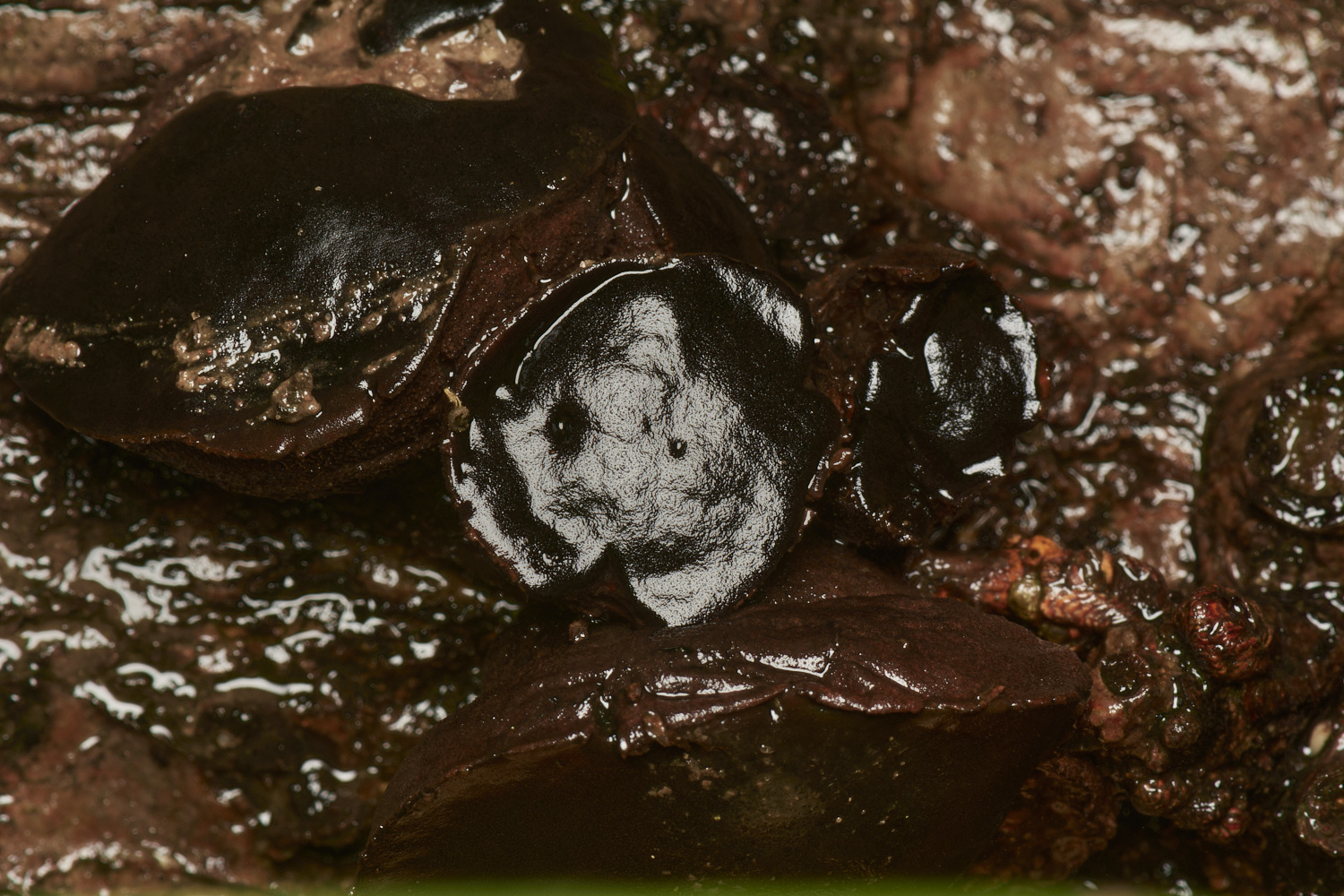
Black Bulgar (Bulgaria iniquinans)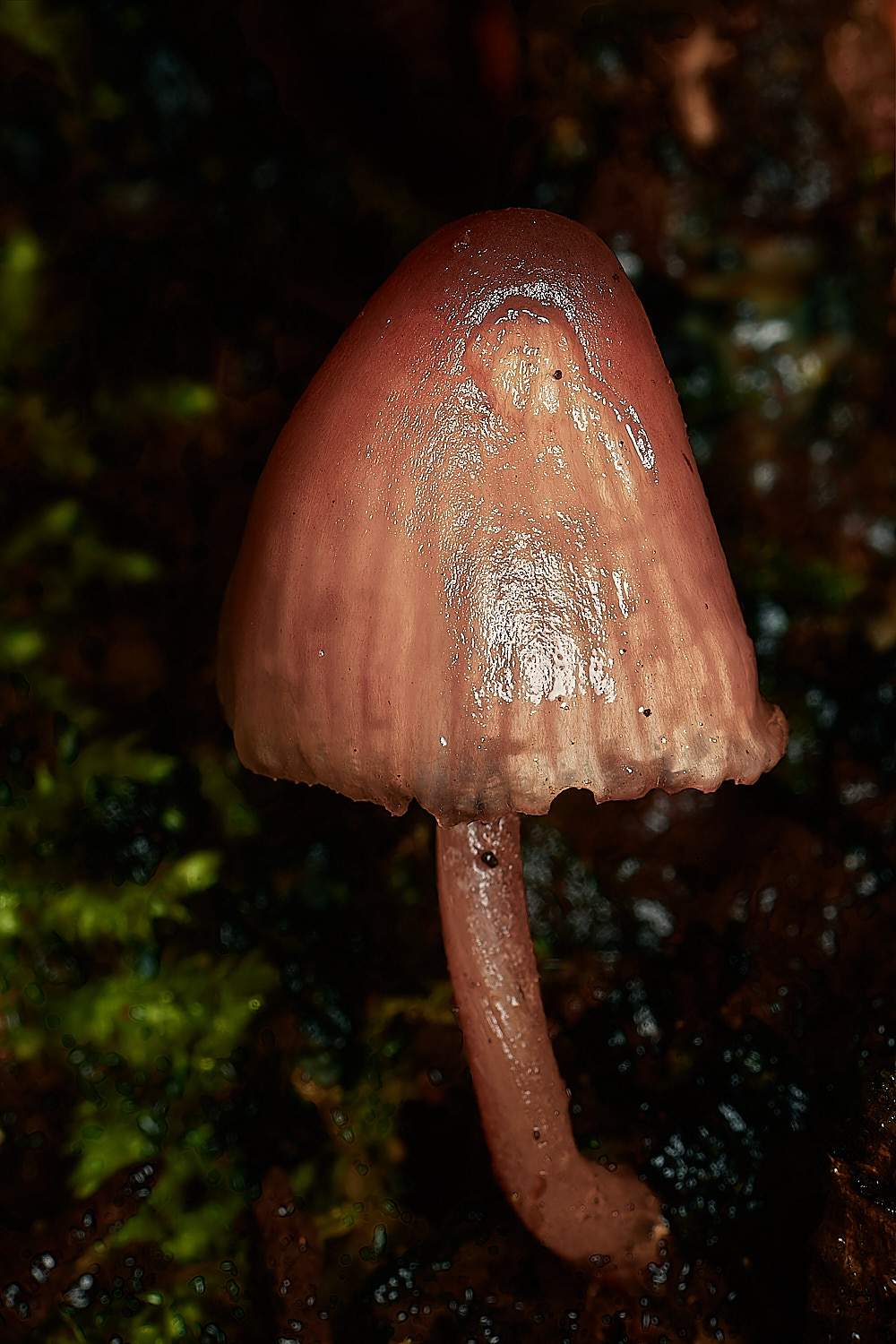
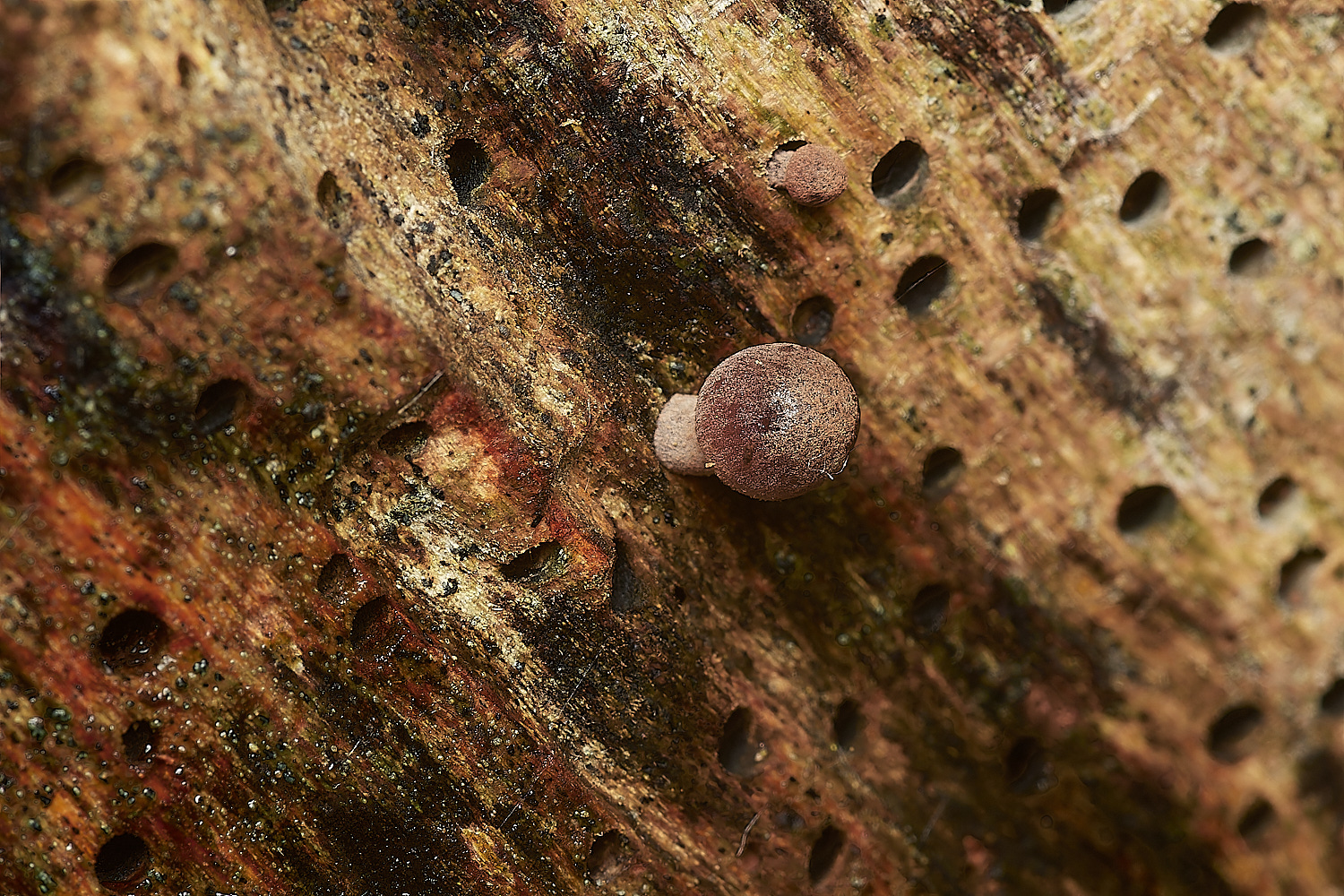
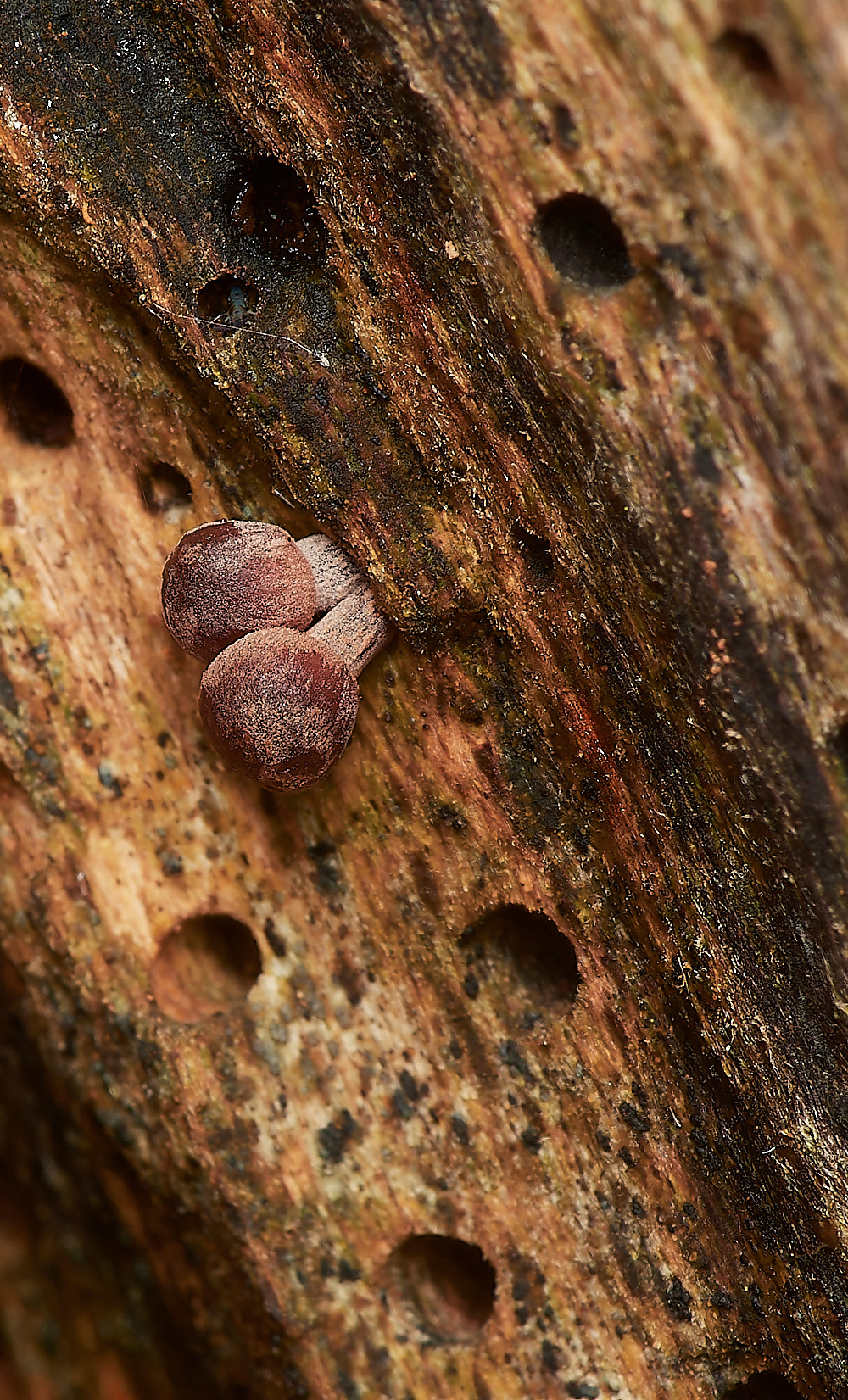
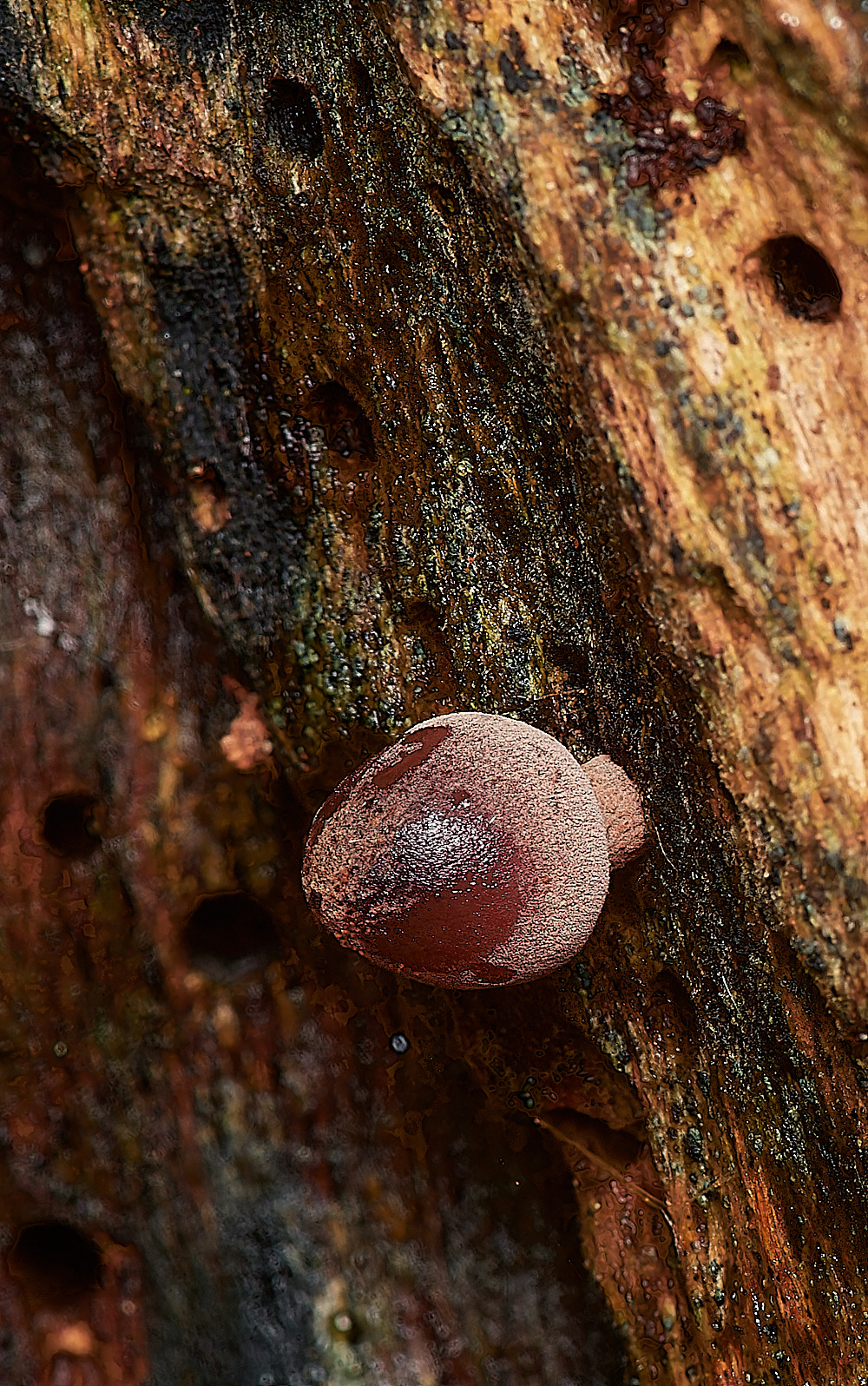
Bleeding Bonnet (Mycena sanguinolenta)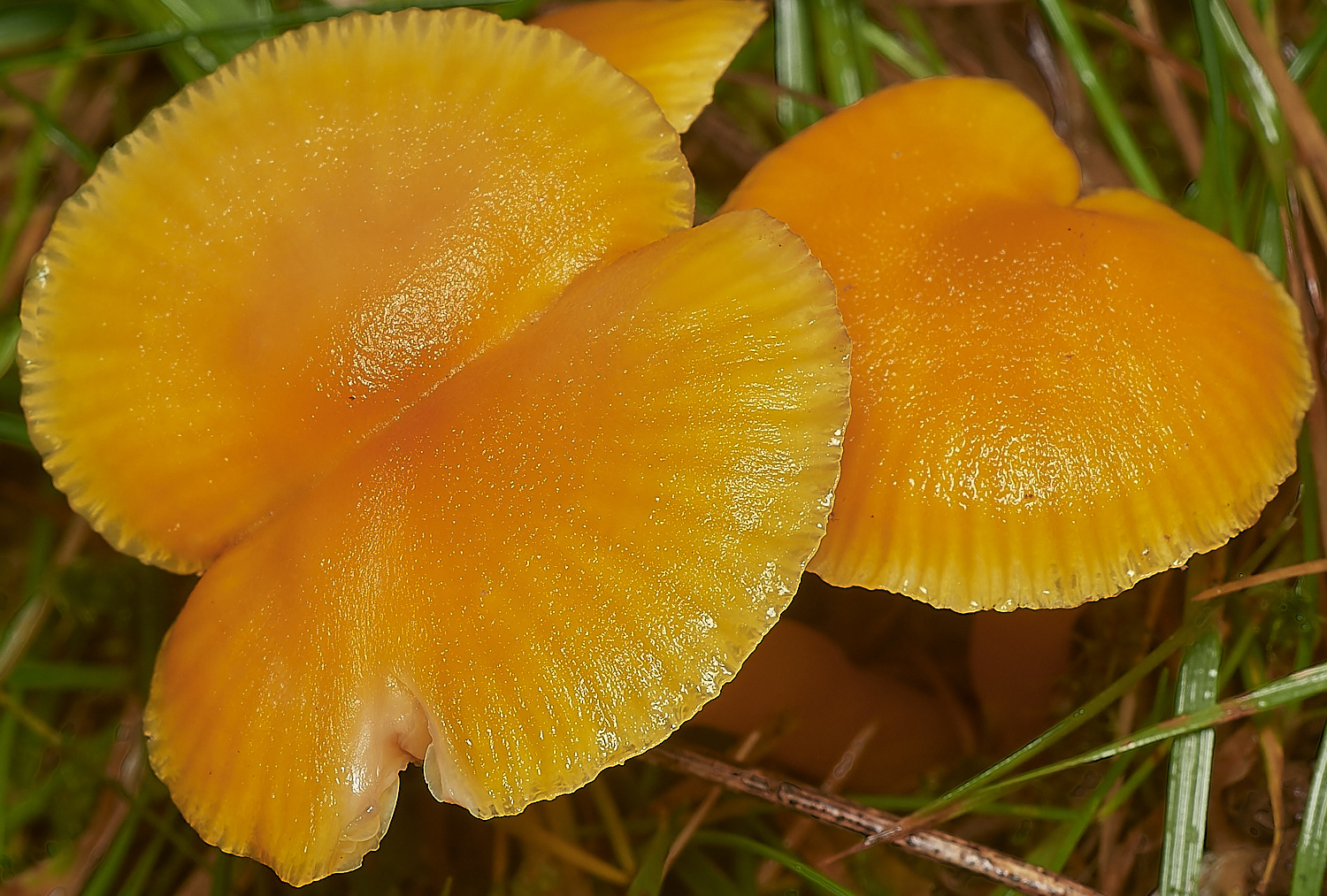
Golden Waxcap (Hygrocybe clorophana)
Spores ellipsoidal with pimple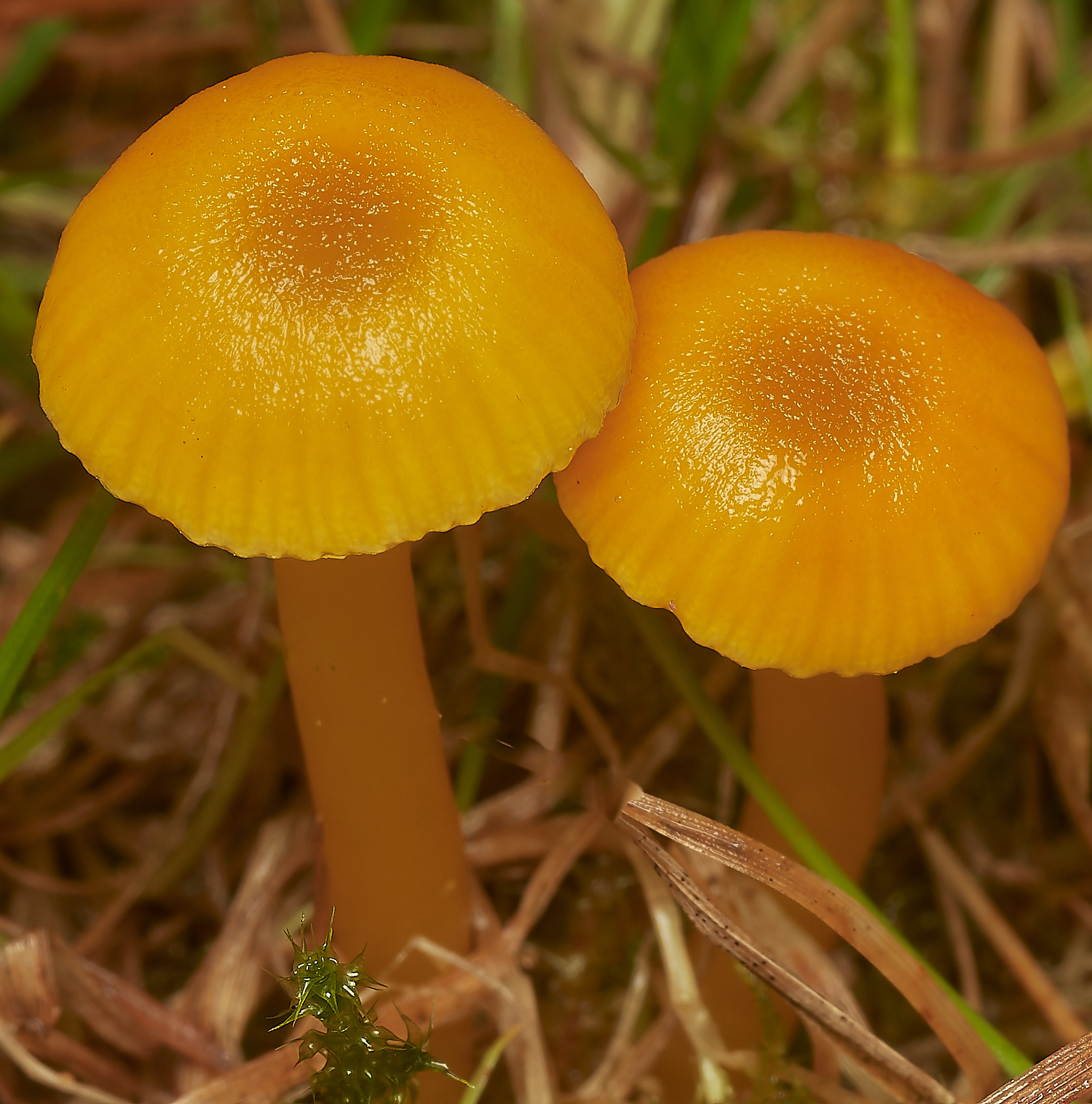
Golden Waxcap?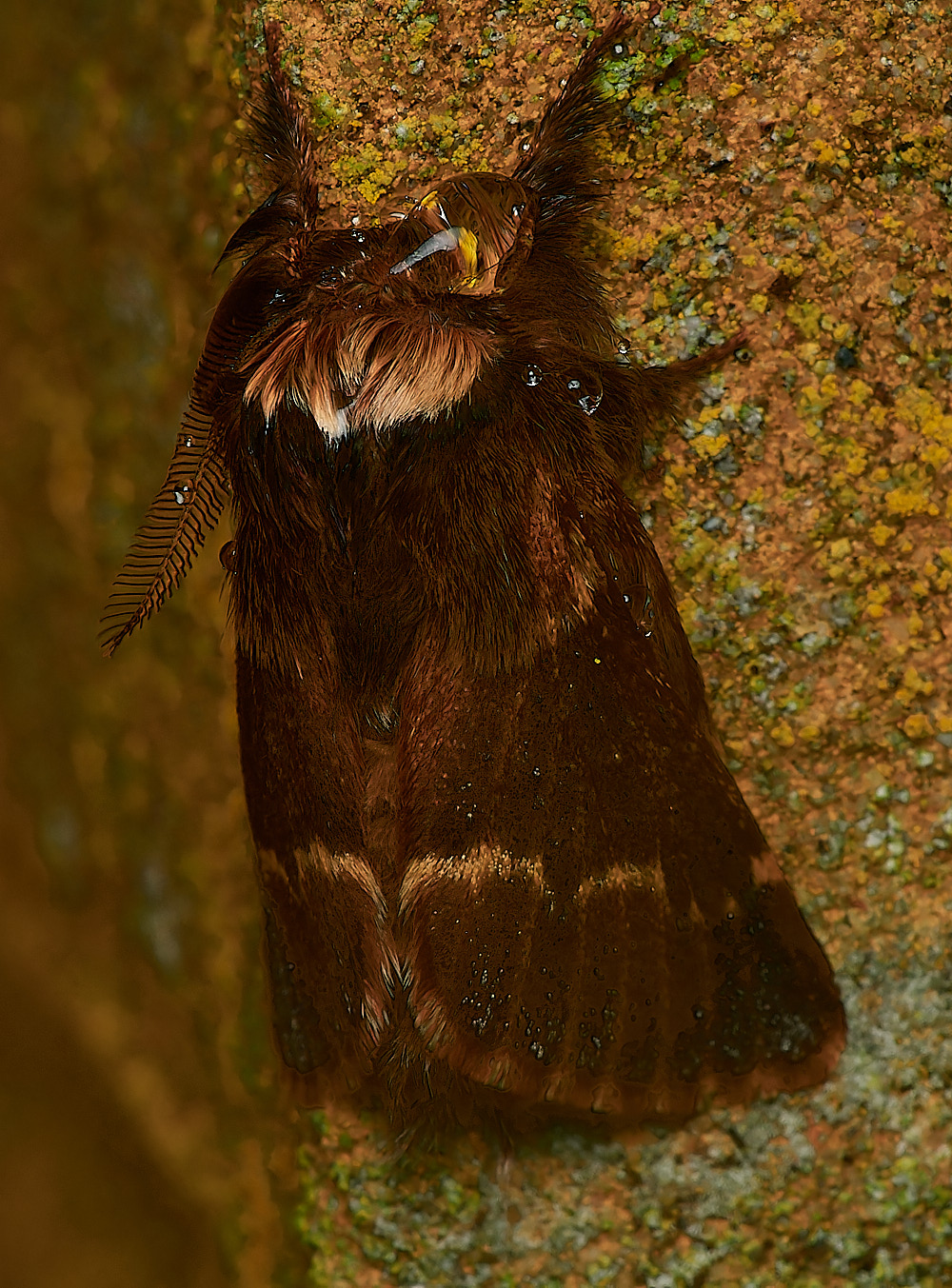

December Moth (Poecilocampa populi)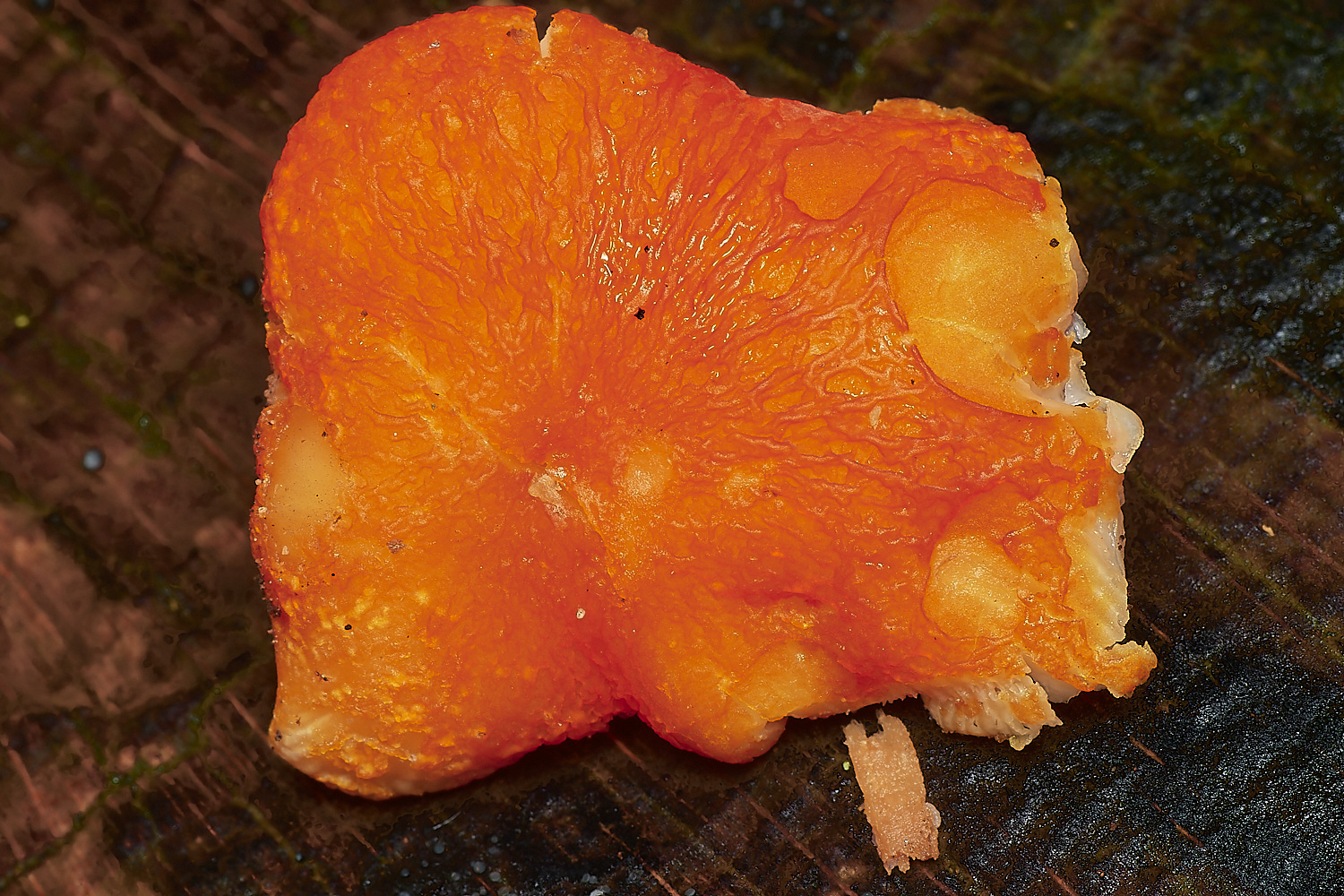
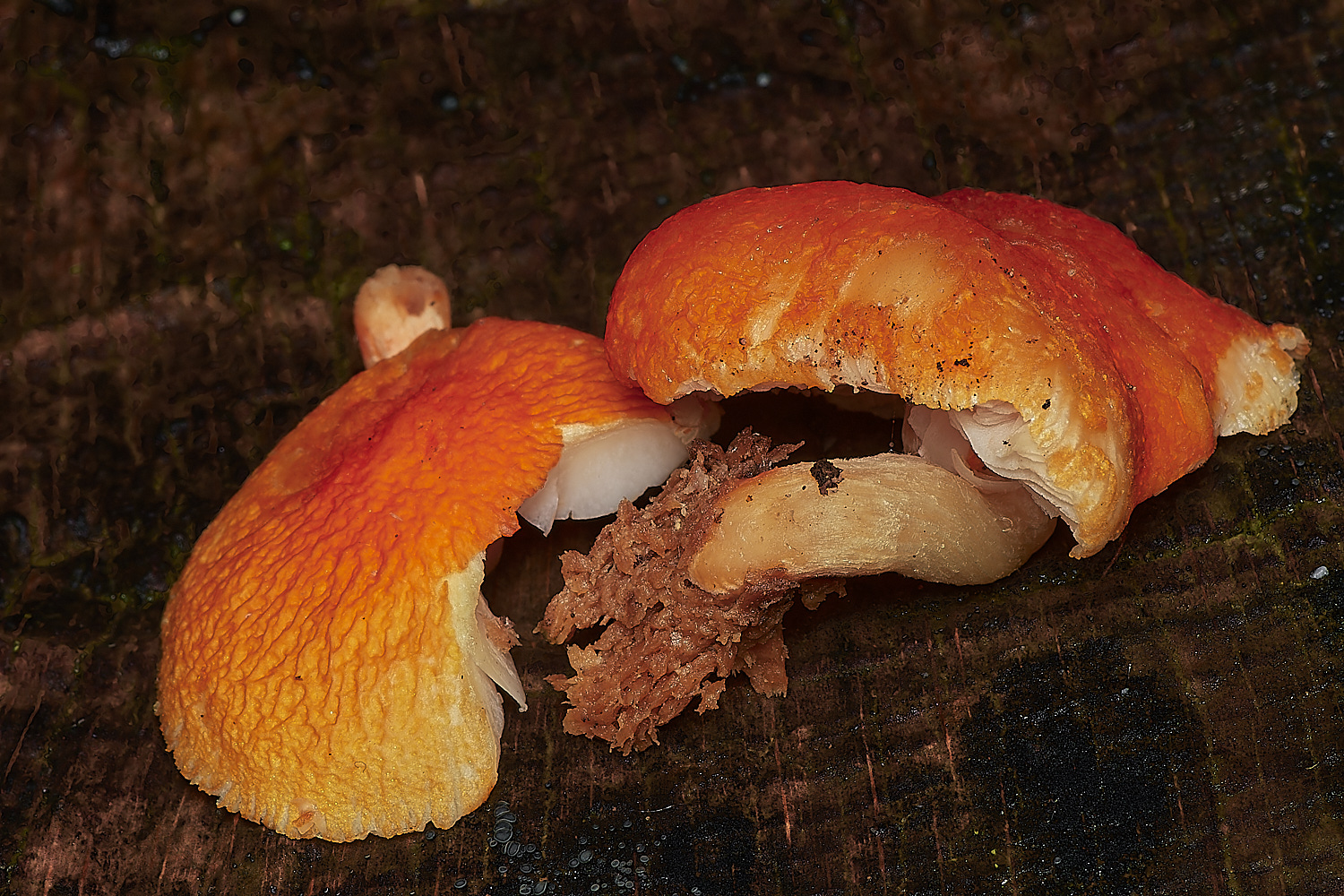
Flame Shield (Pluteus aurantiorugosus)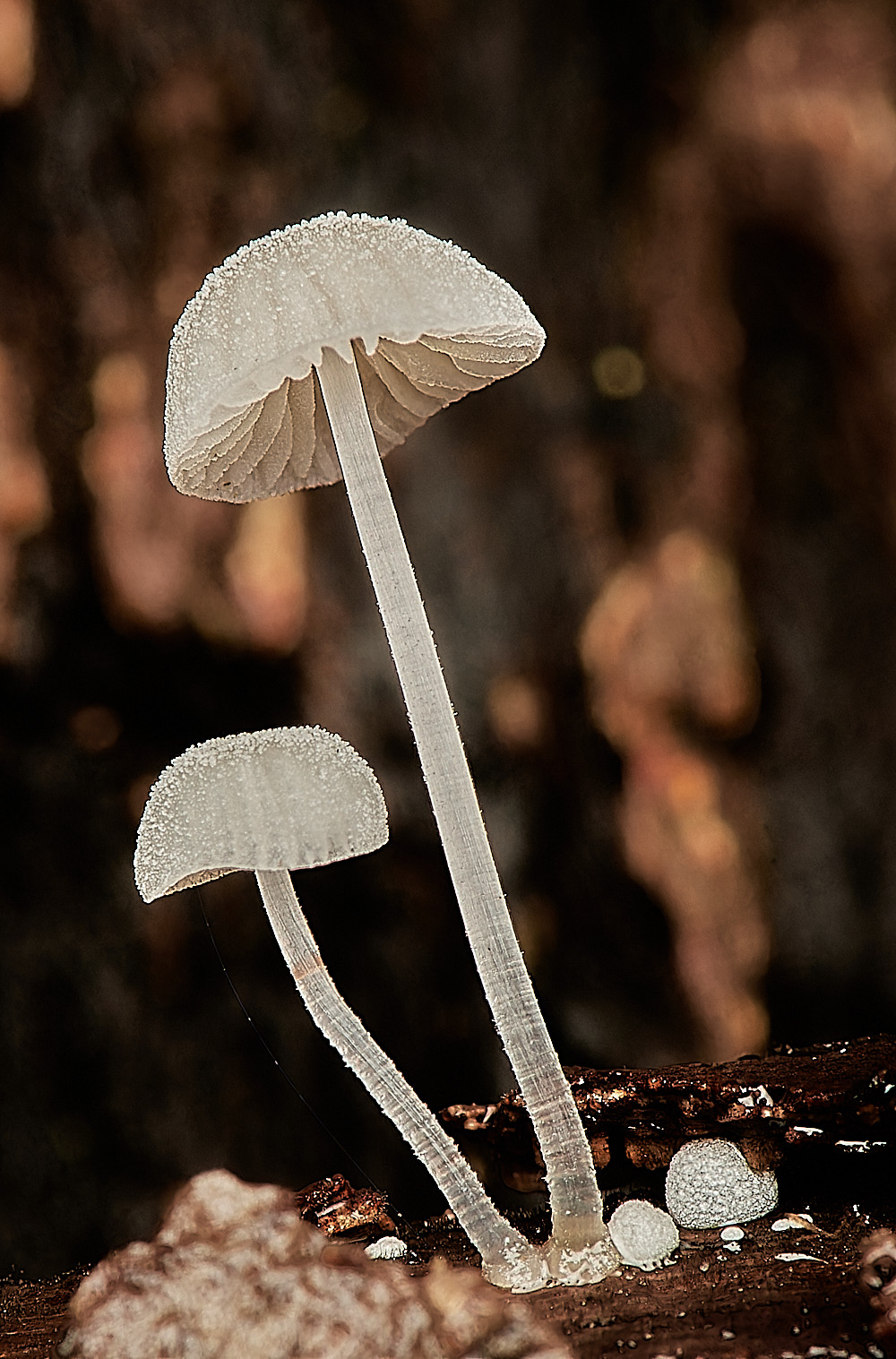
Frosty Bonnet (Mycena tenerrima)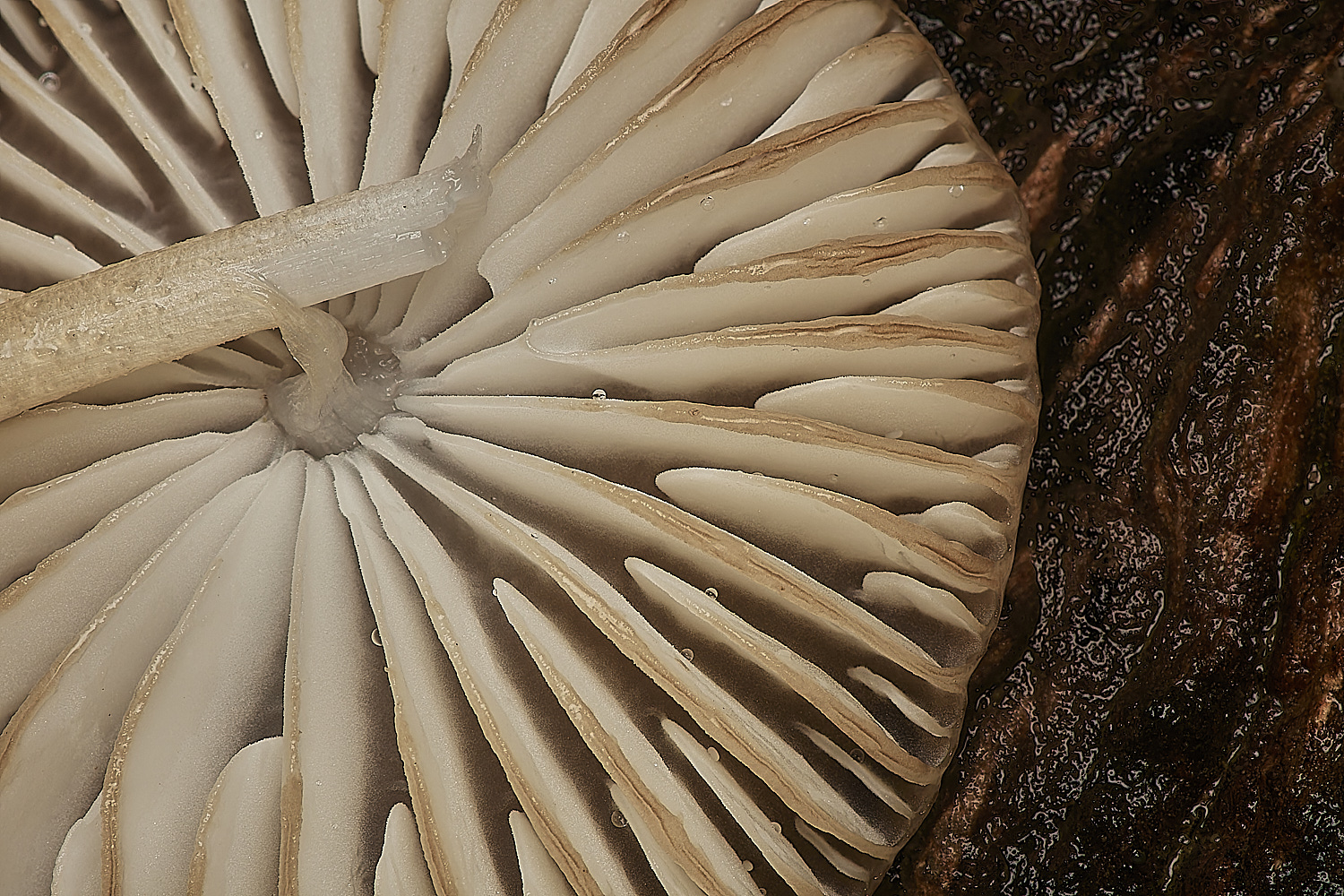
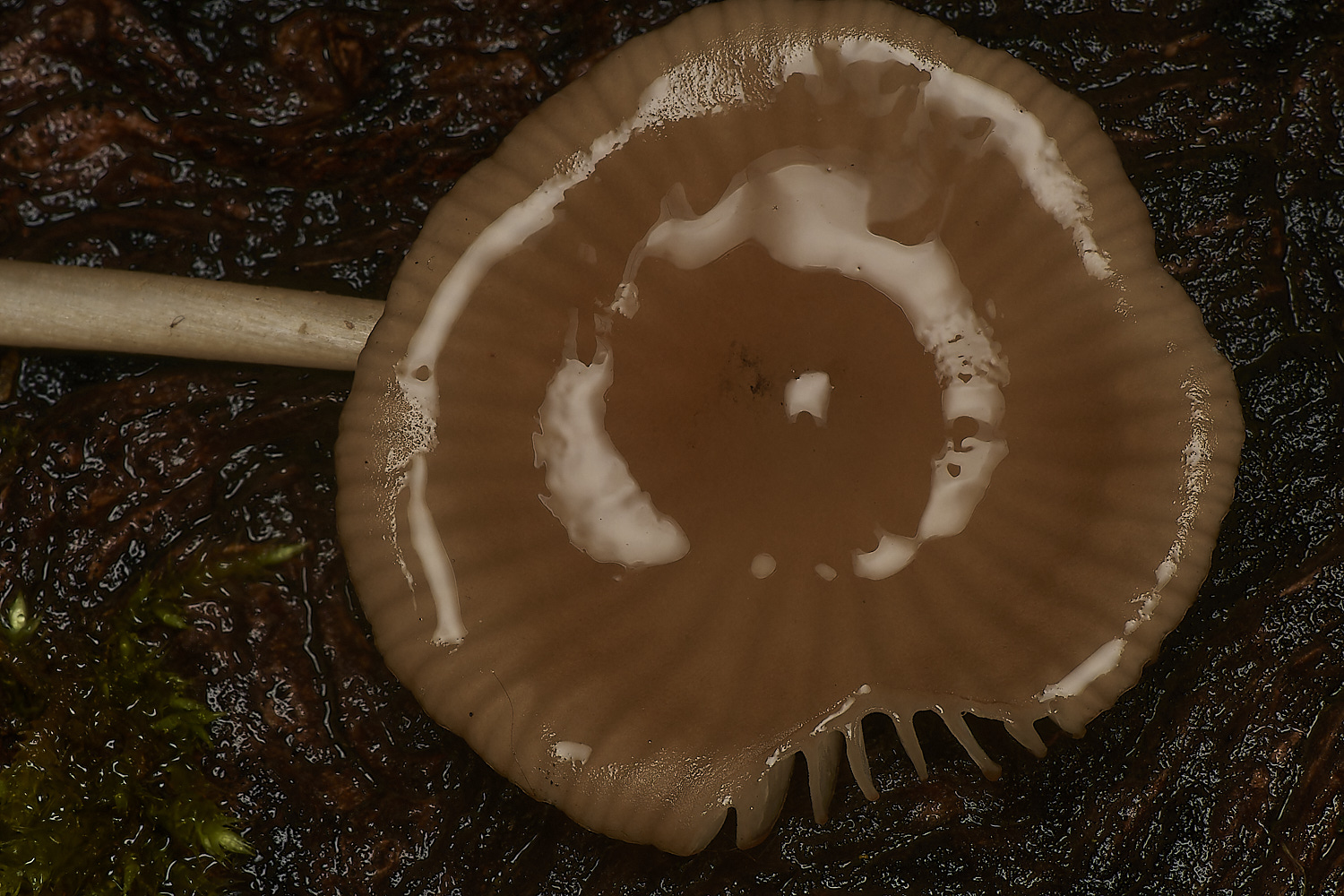
?
Yvonne commented
The one with the slimy cap and brown edged gills was Hymenopelis (Xerula) radicata.
I had never realised that this could have these brown edged gills before so something to remember, apparently they don't always have them.
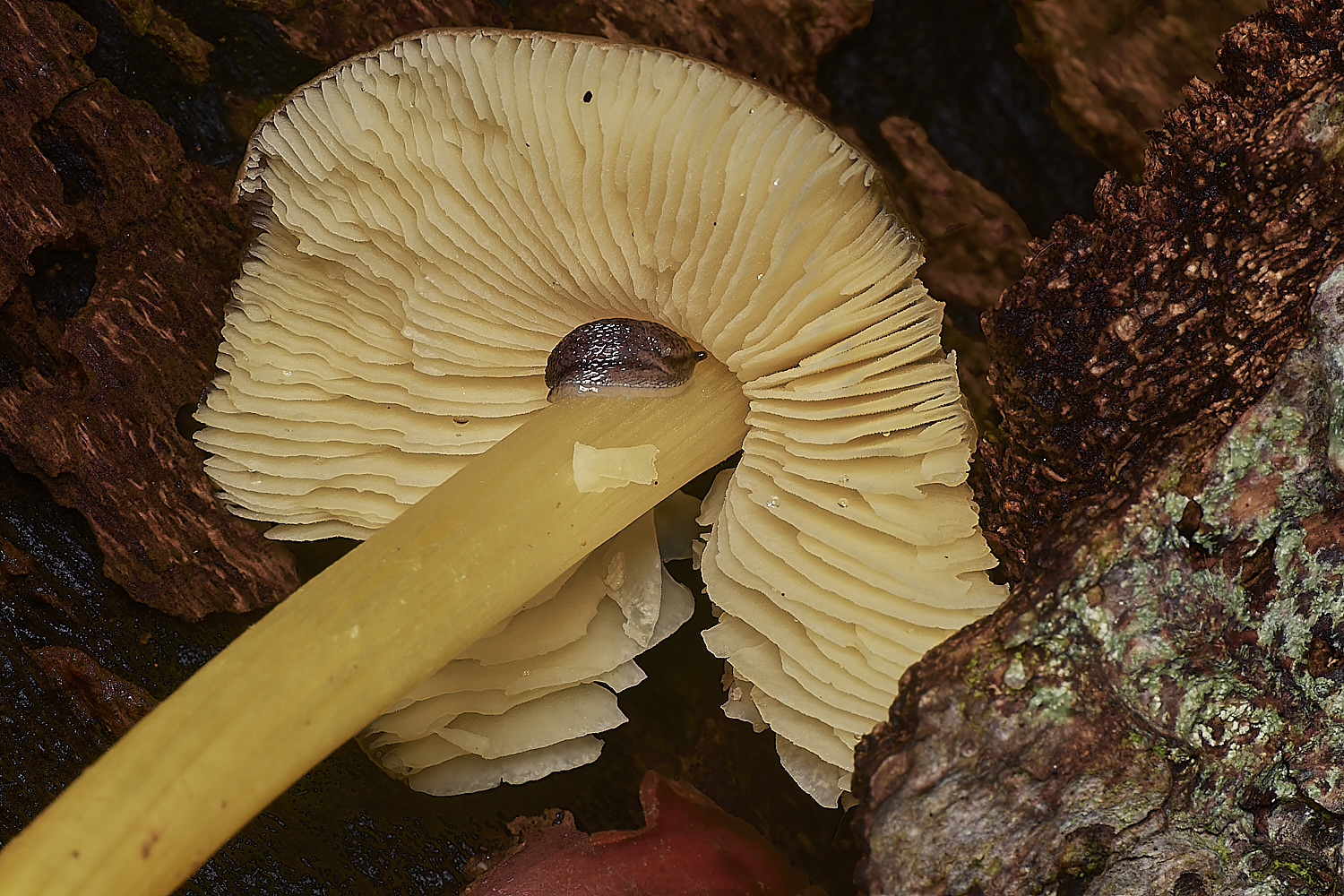
Goldleaf Shield (Pluteus romellii)
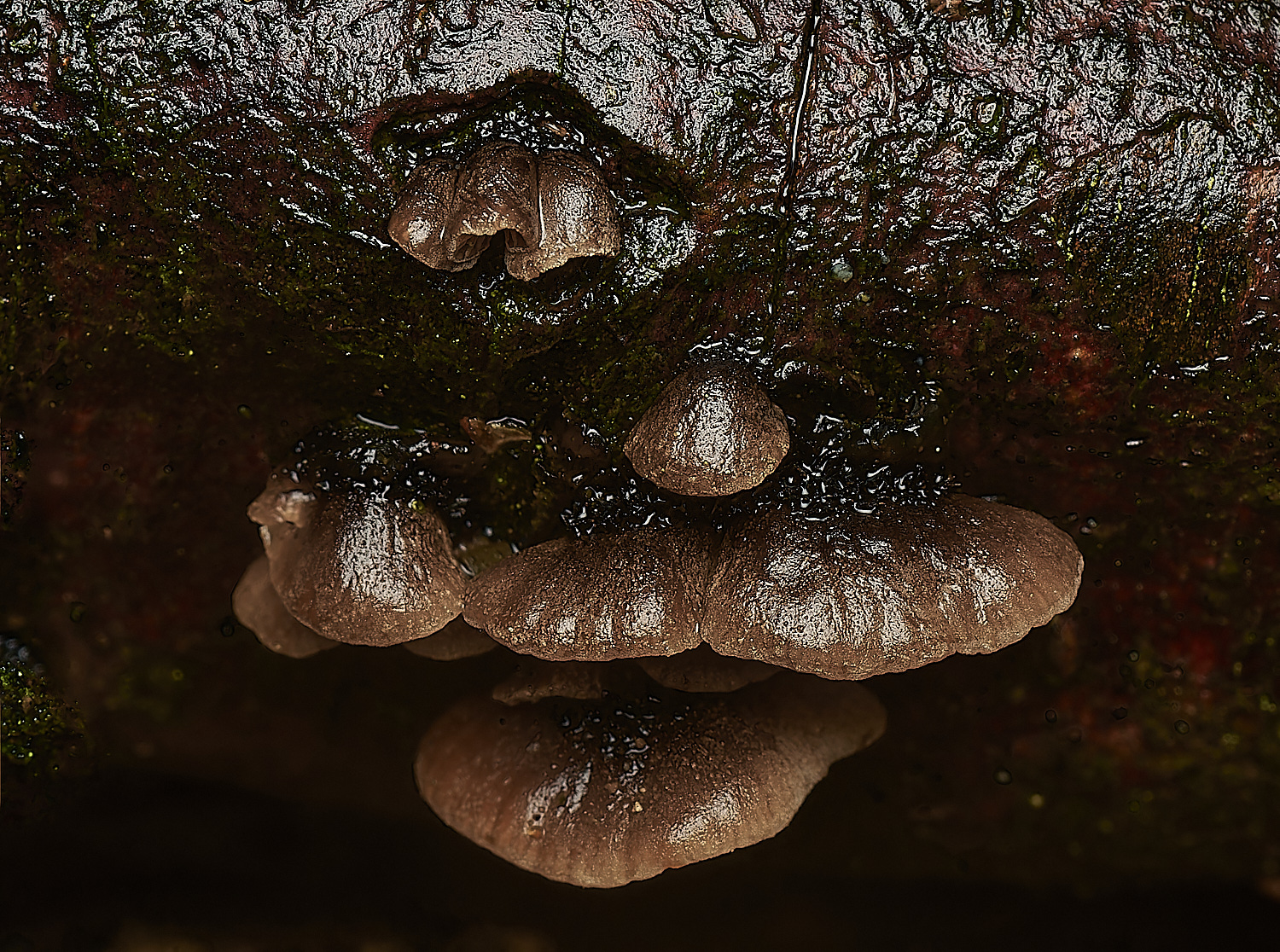
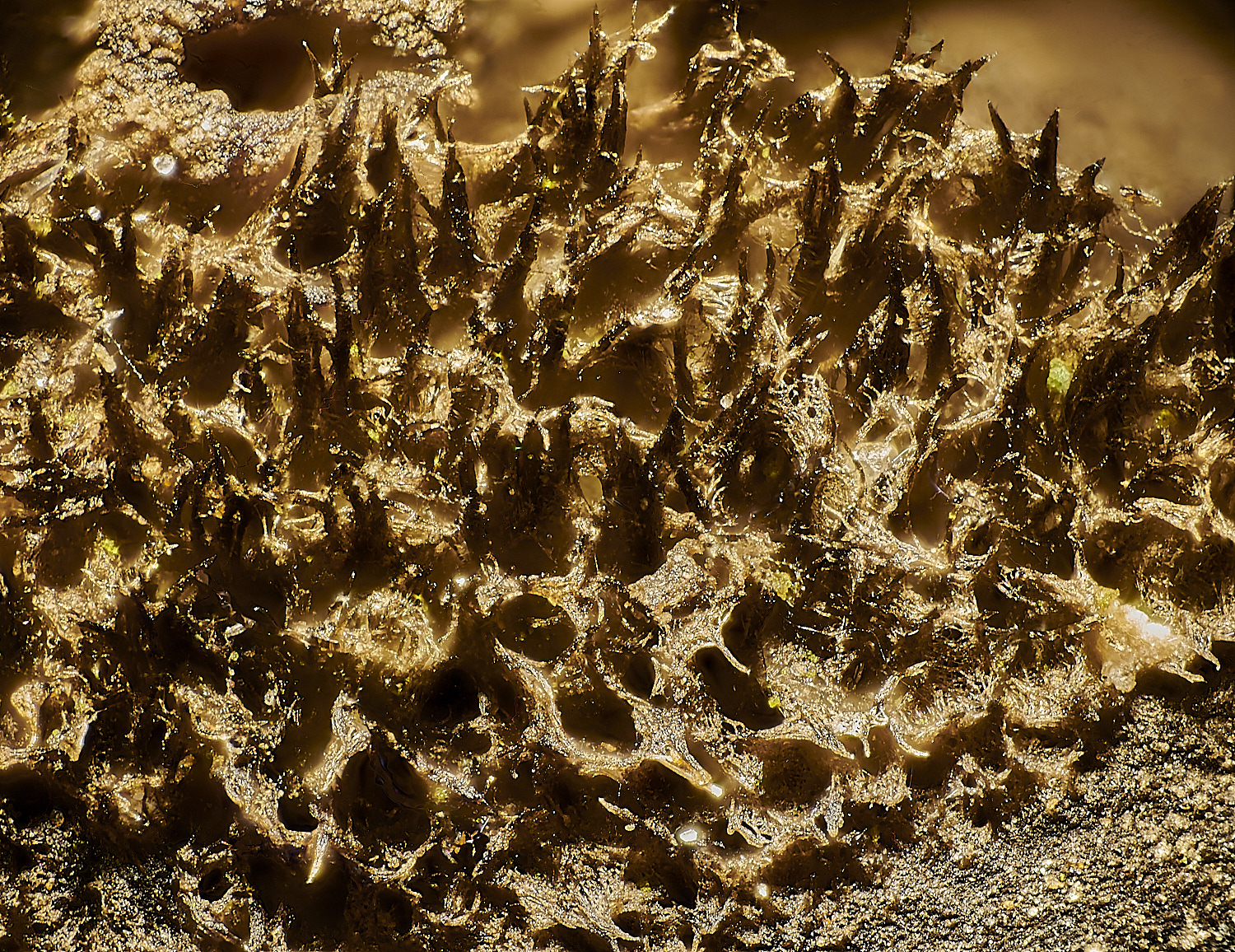
x 10
The above image attempts to show the hairs on the top of the cap.
Hairy Oysterling (Resupinatus trichotis)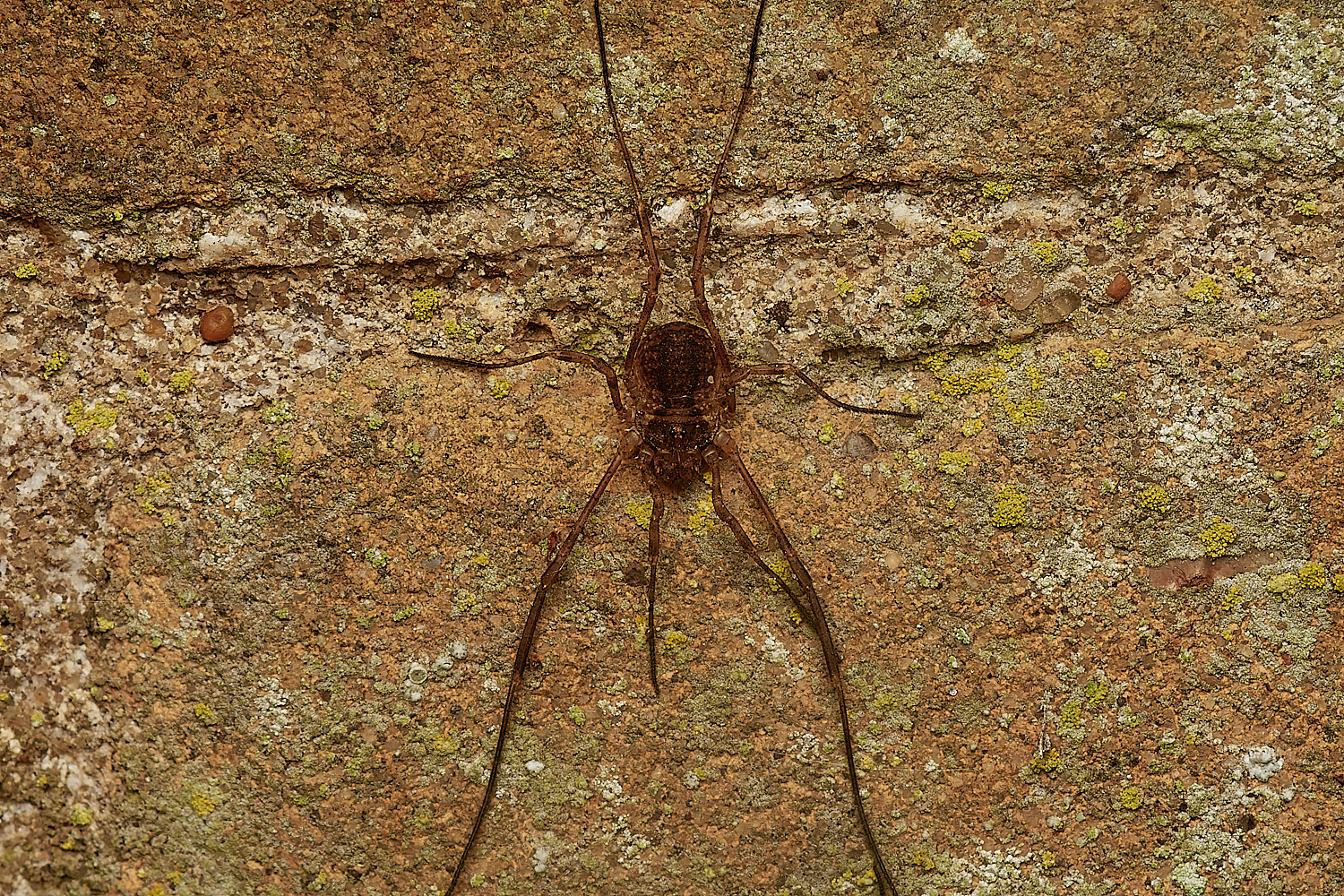
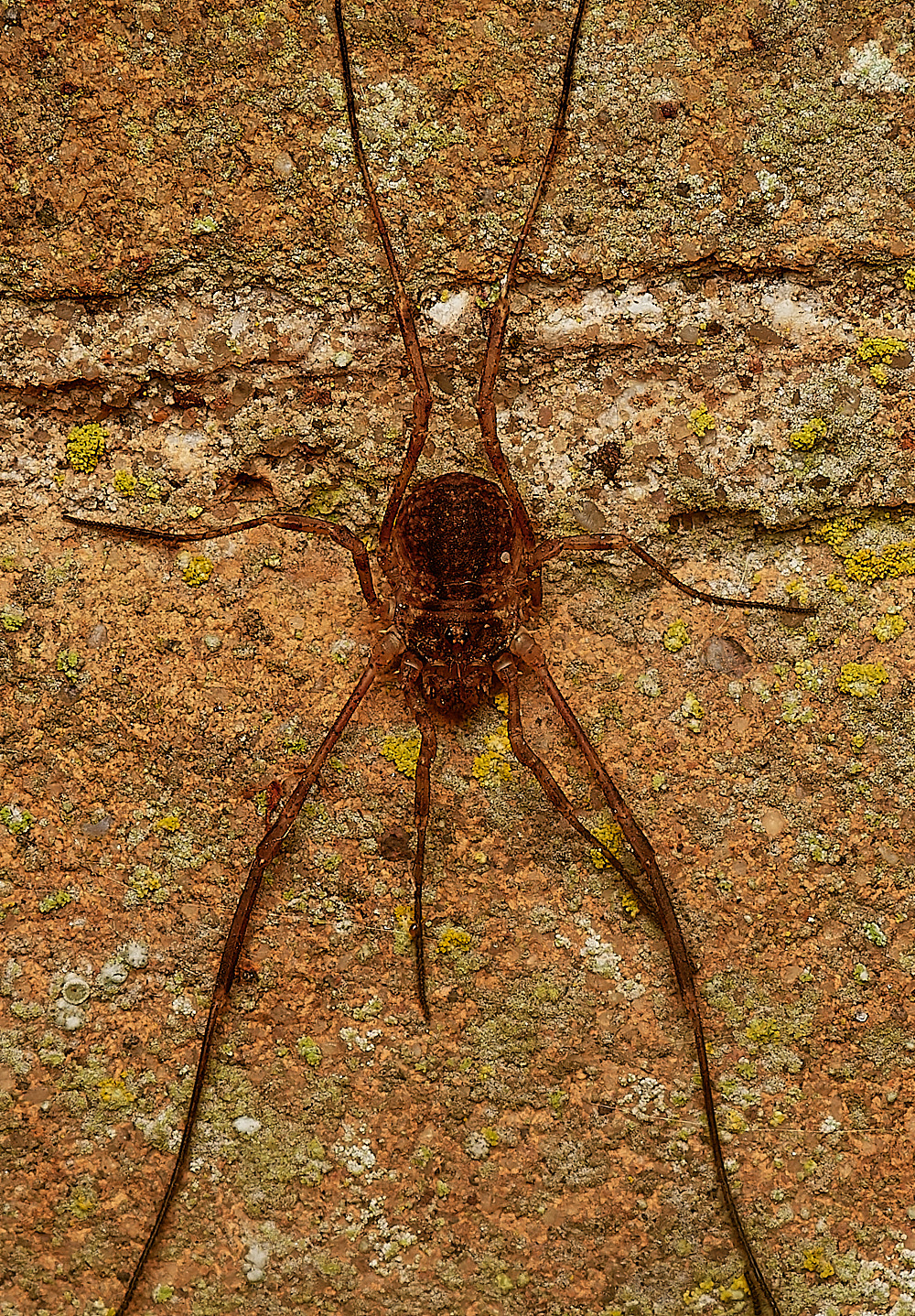
Harvestmen Sp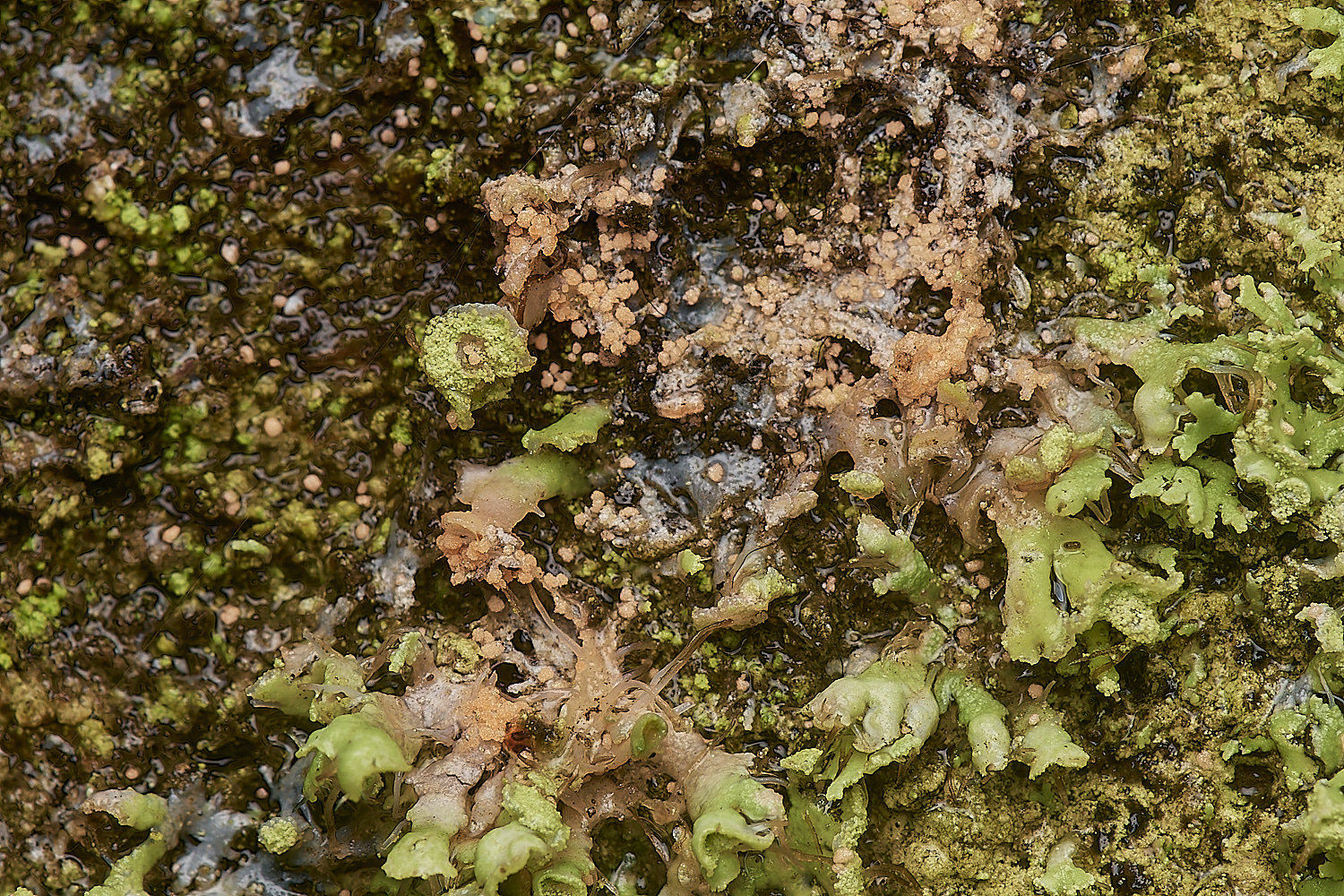
Lichen Sp?
From
Rob Yaxley
Lichenicolous fungus Erythricium aurantiacum on Physcia (adscendens or tenella).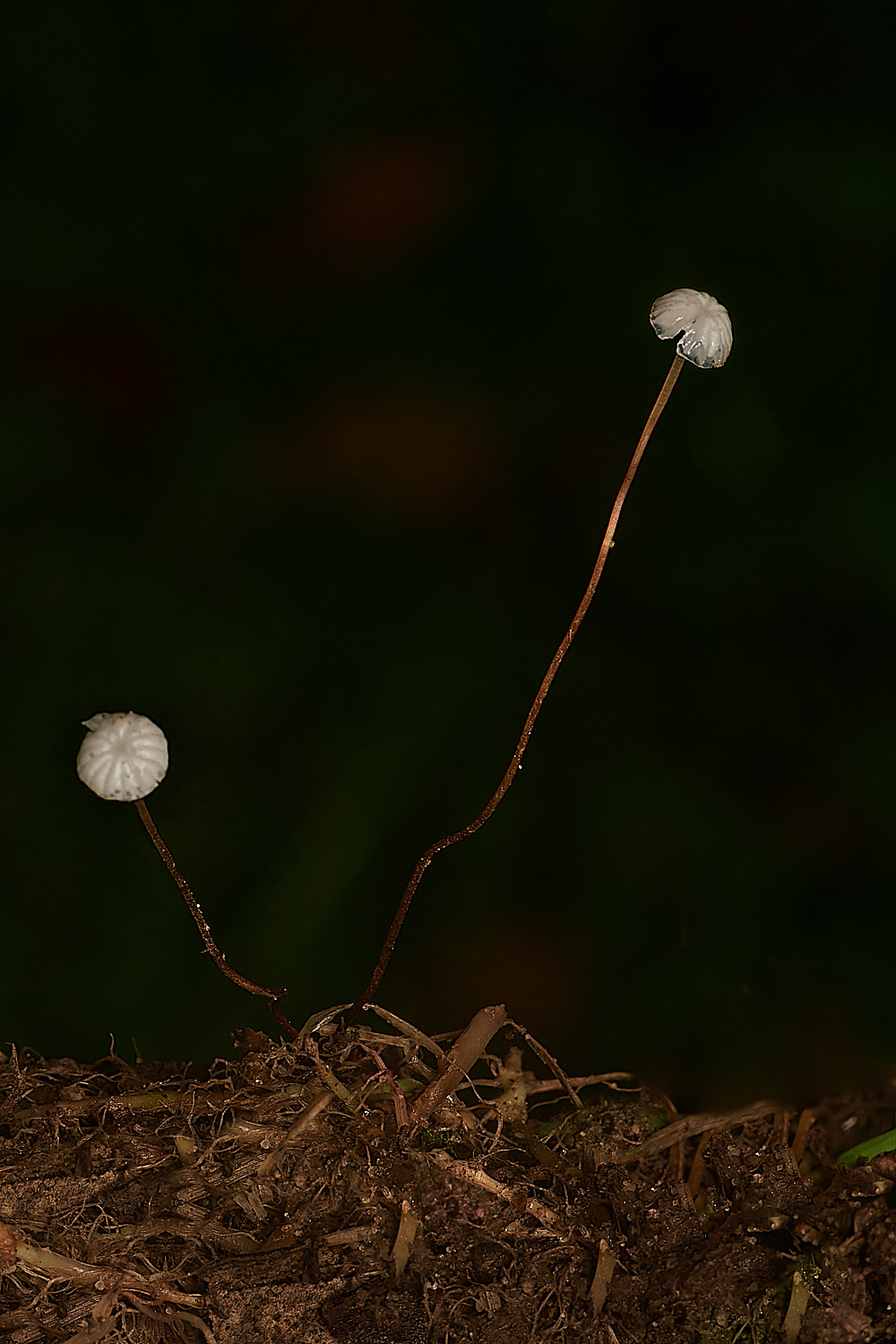
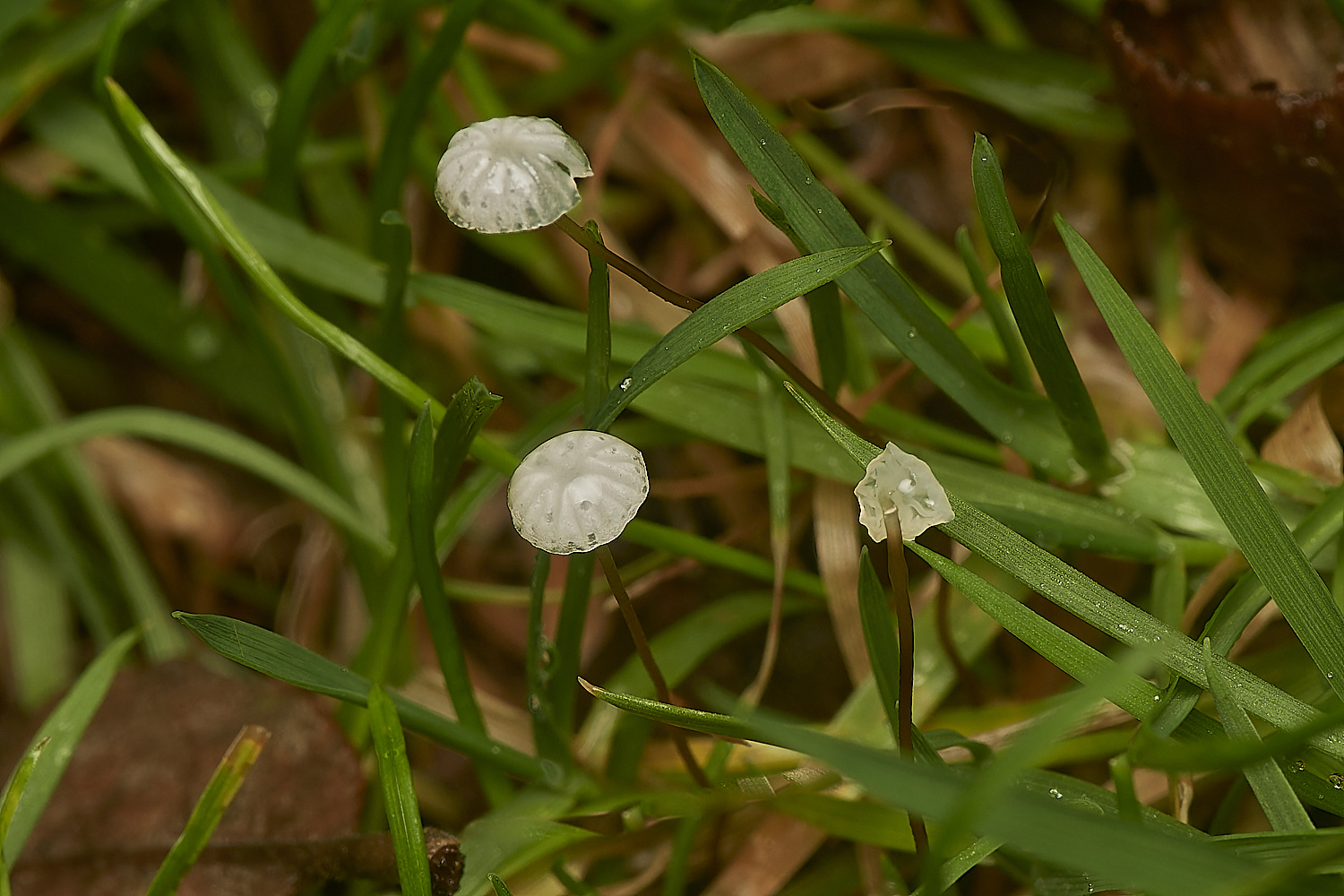
Marasmius Sp?
Yvonne commented
Rhizomarasmius setosus.
The photos didn't show the hairs on the stem but they were seen under the dissecting microscope.
Perhaps they were adpressed to the stem because of the rain.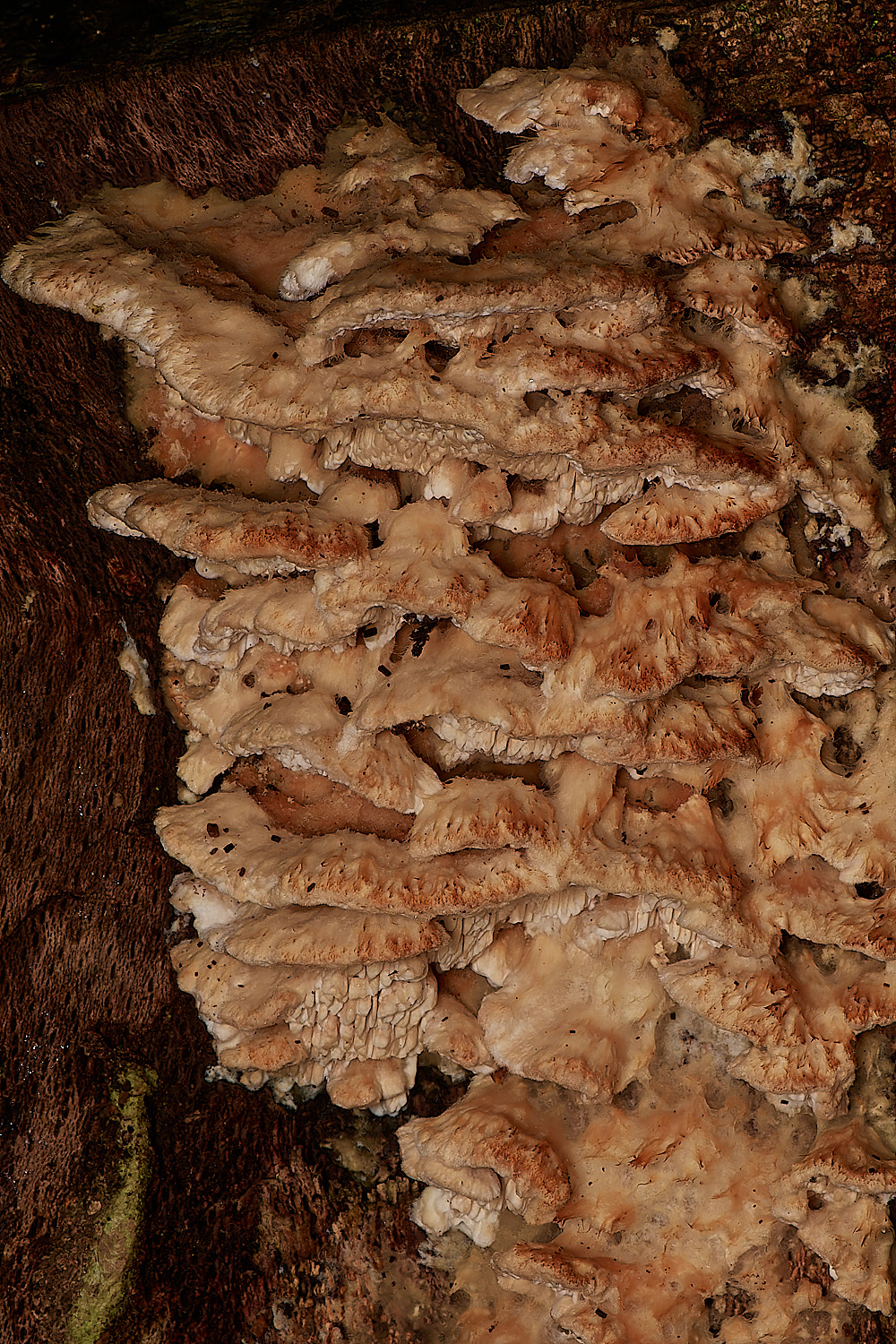
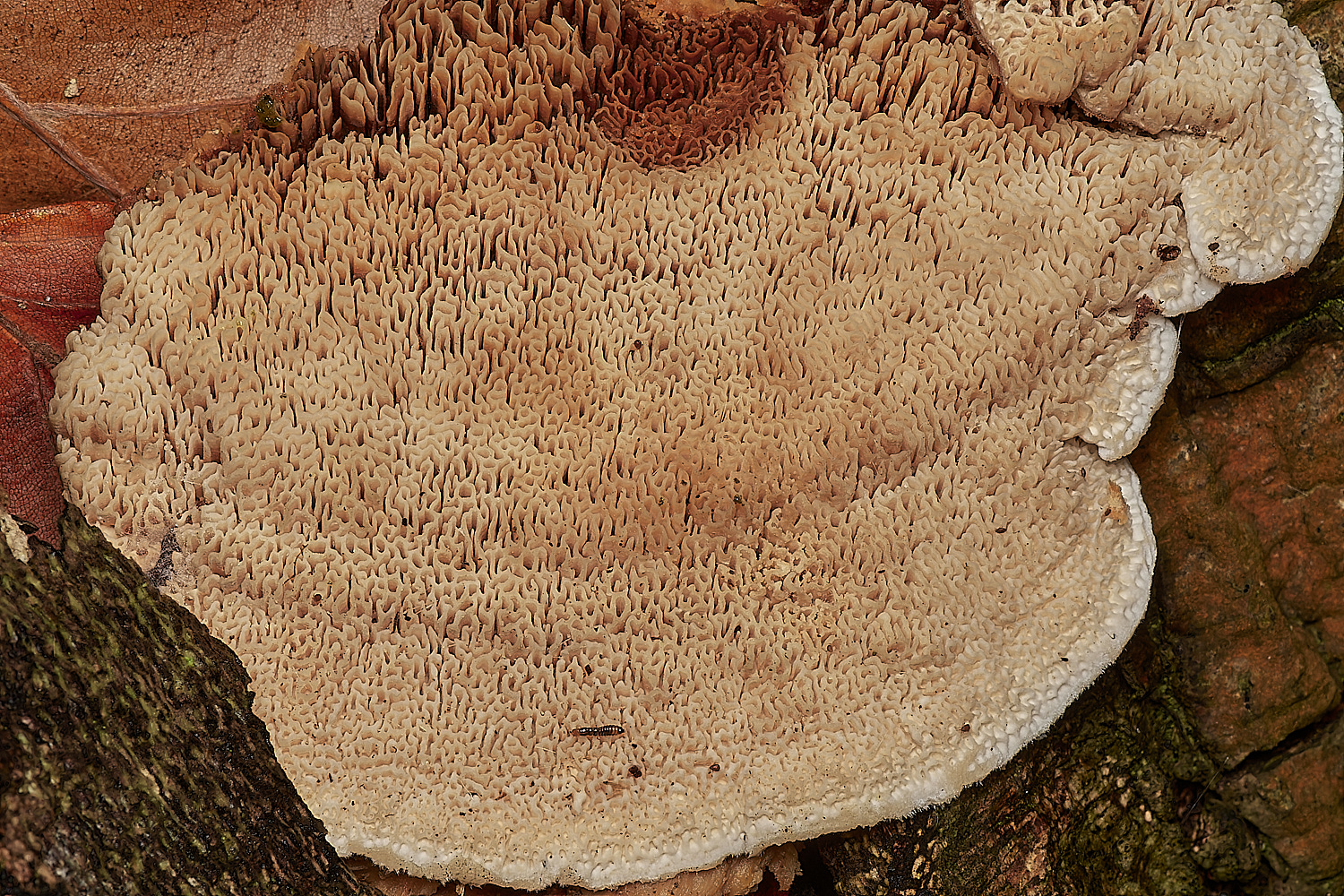
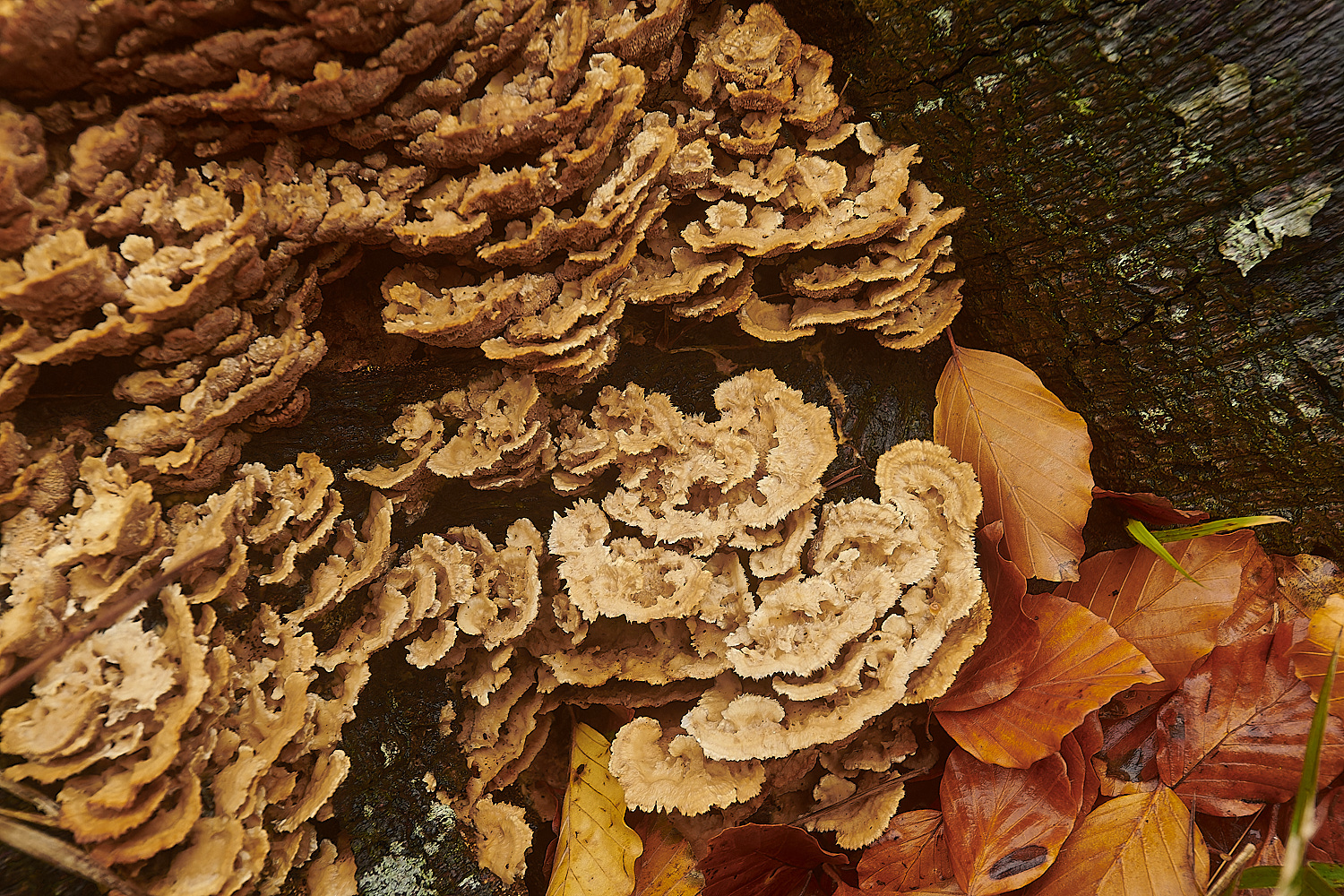
Mazegill Type Sp?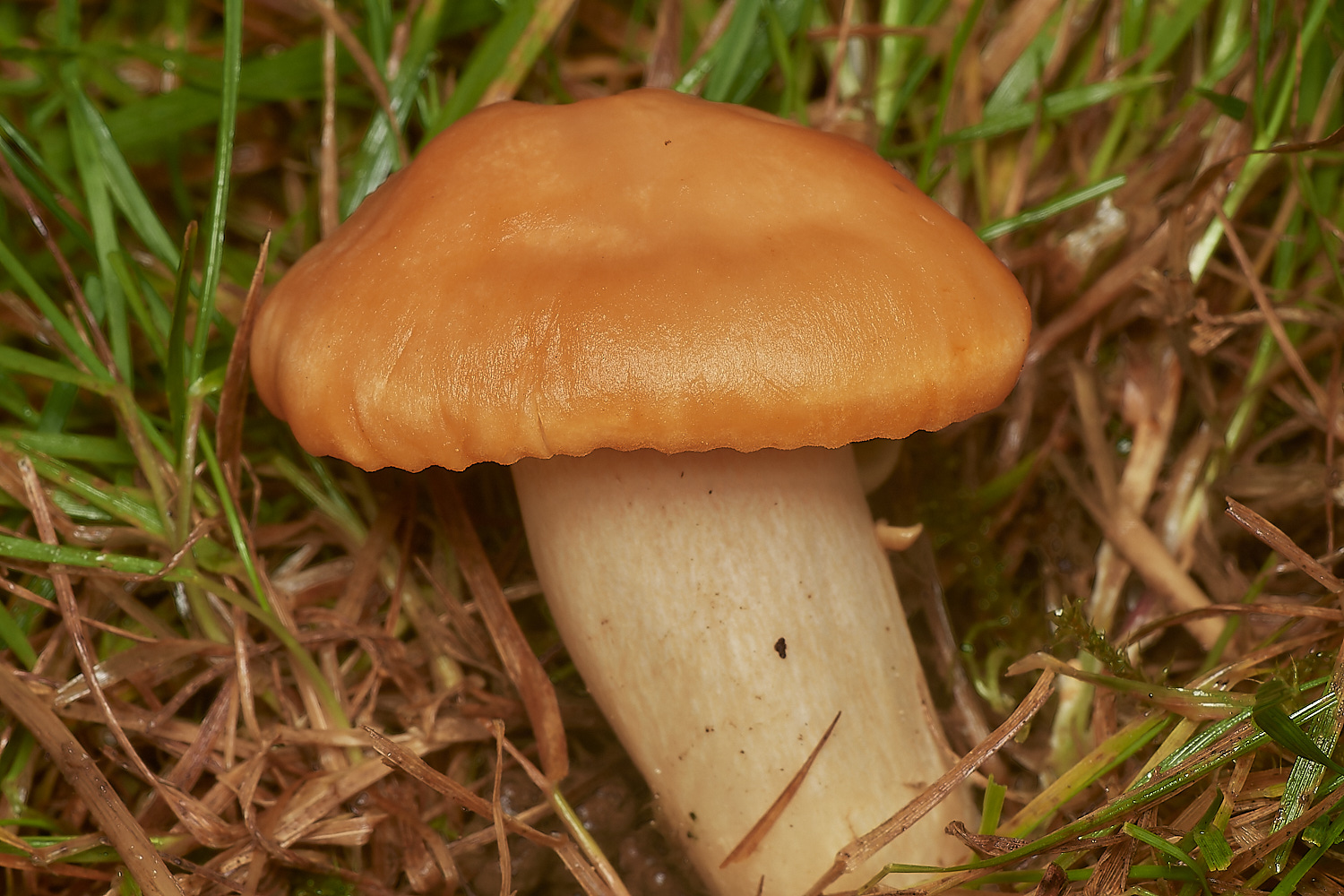
Meadow Waxcap (Cuphophyllus pratensis)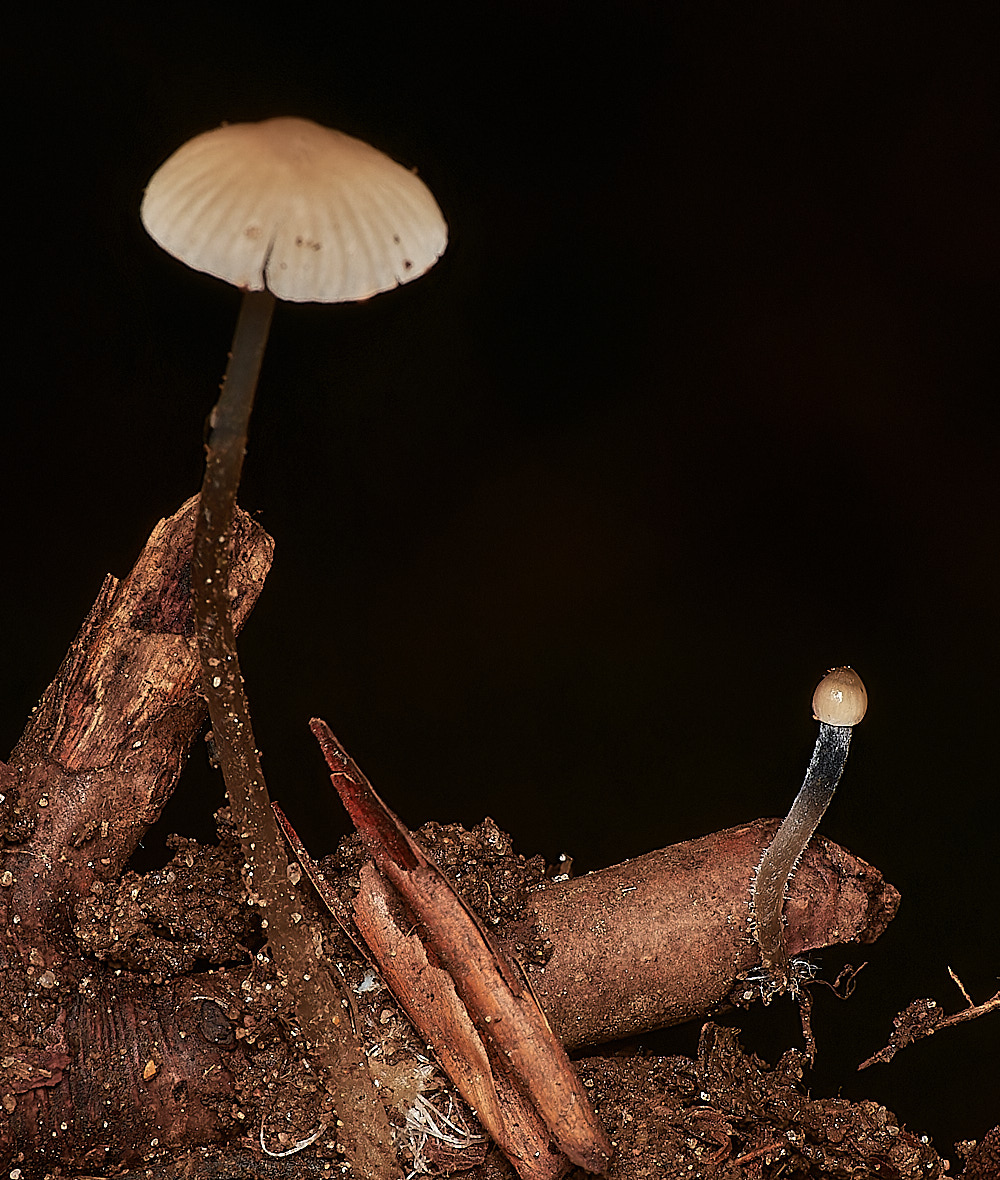
Mycena Sp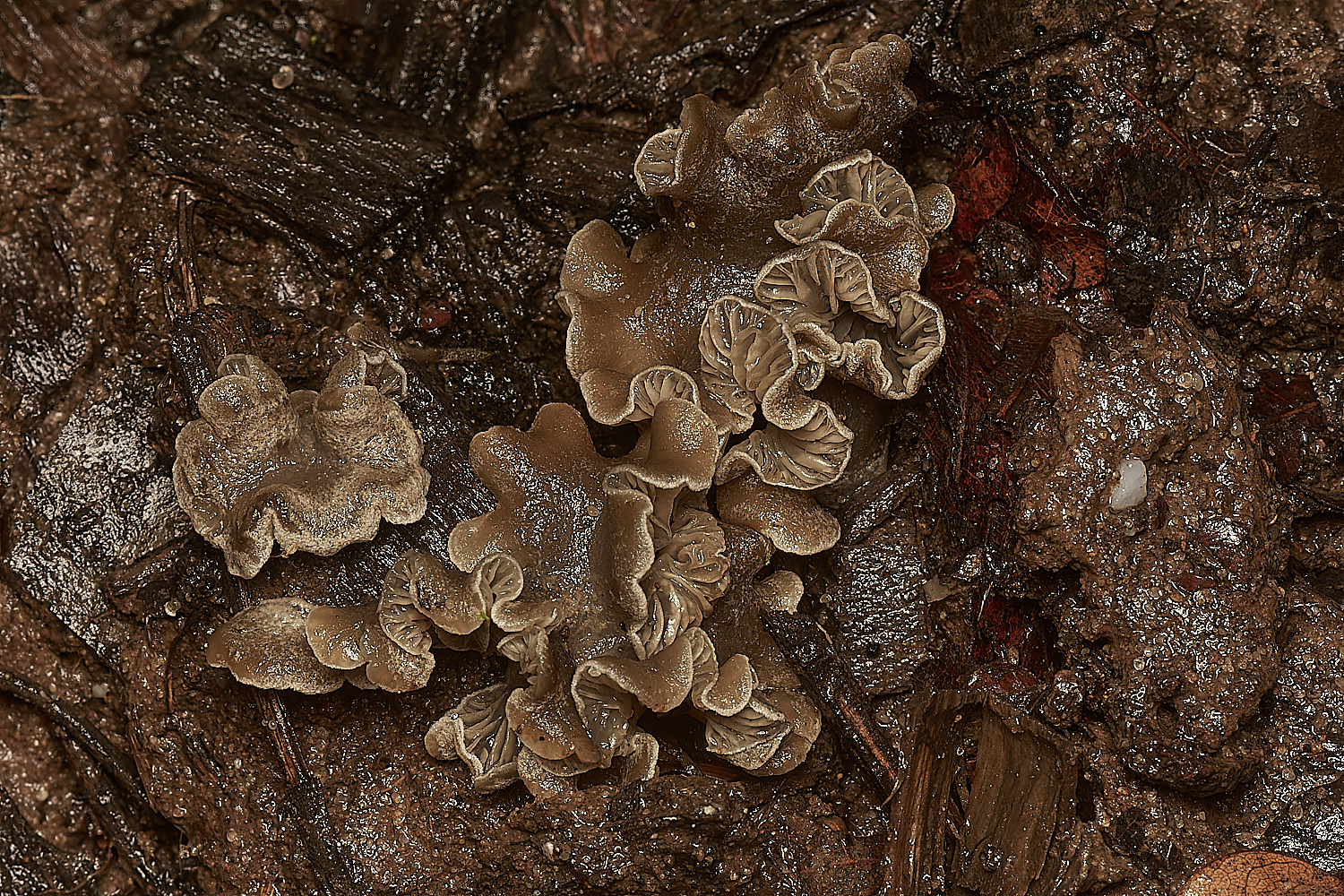
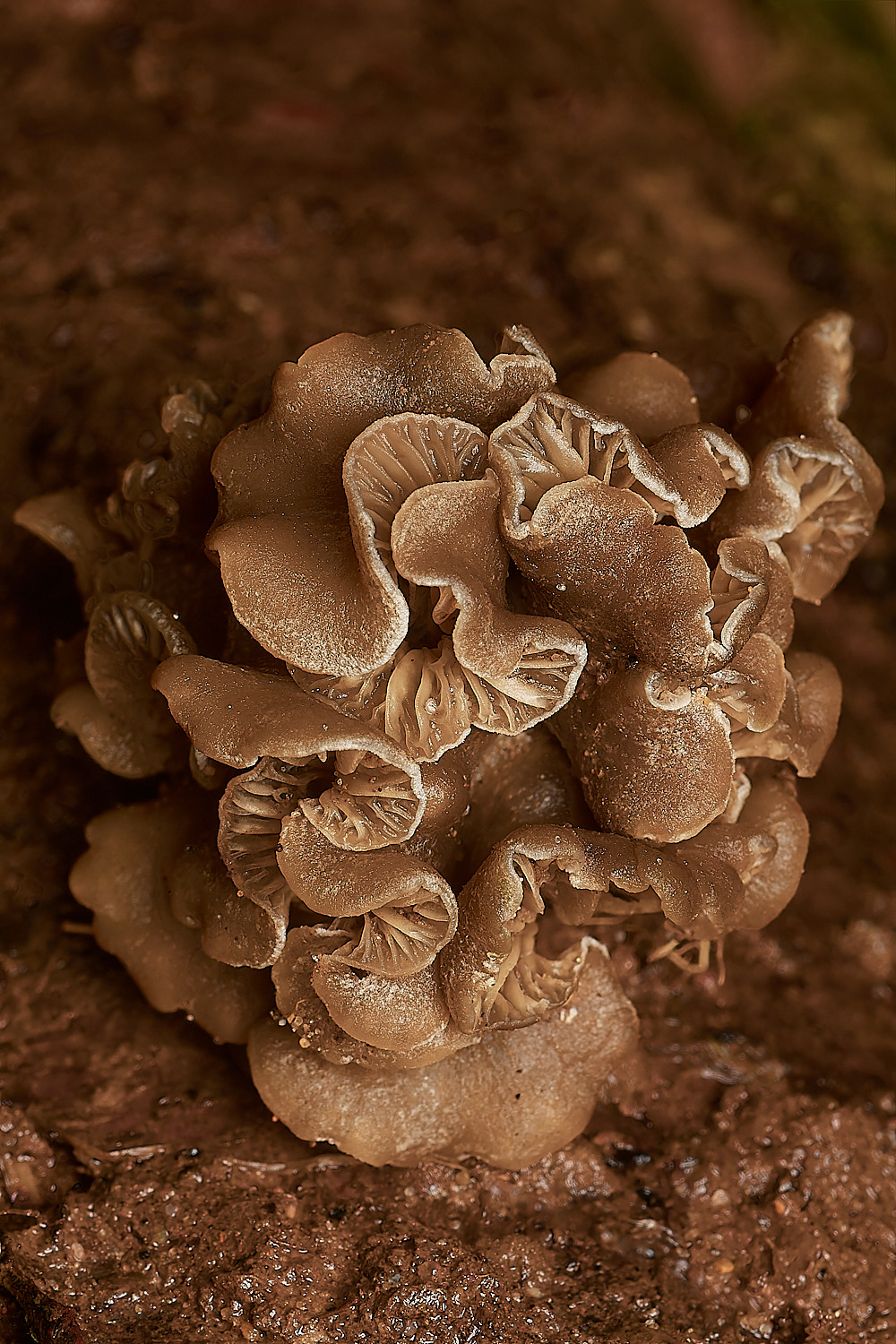
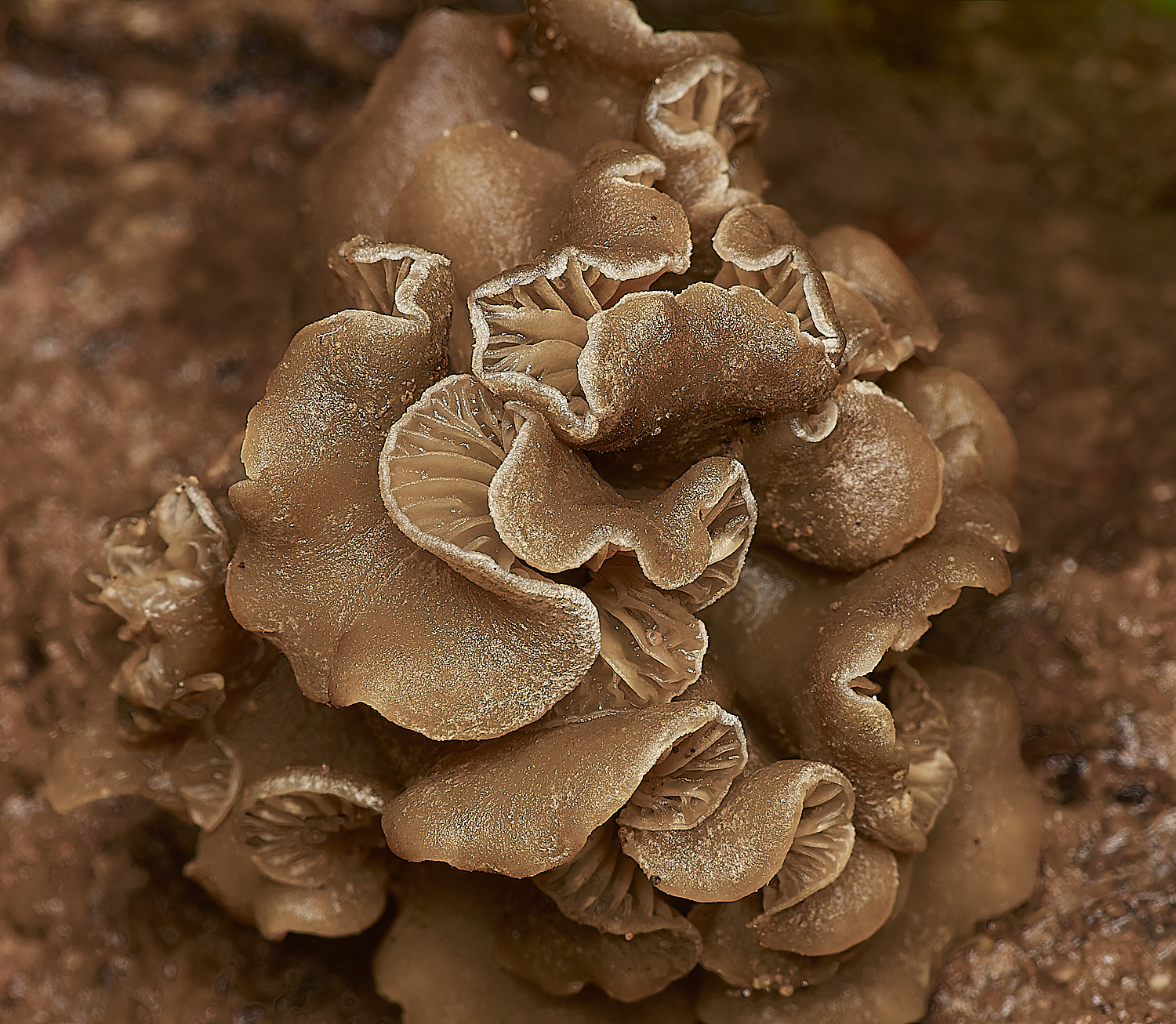
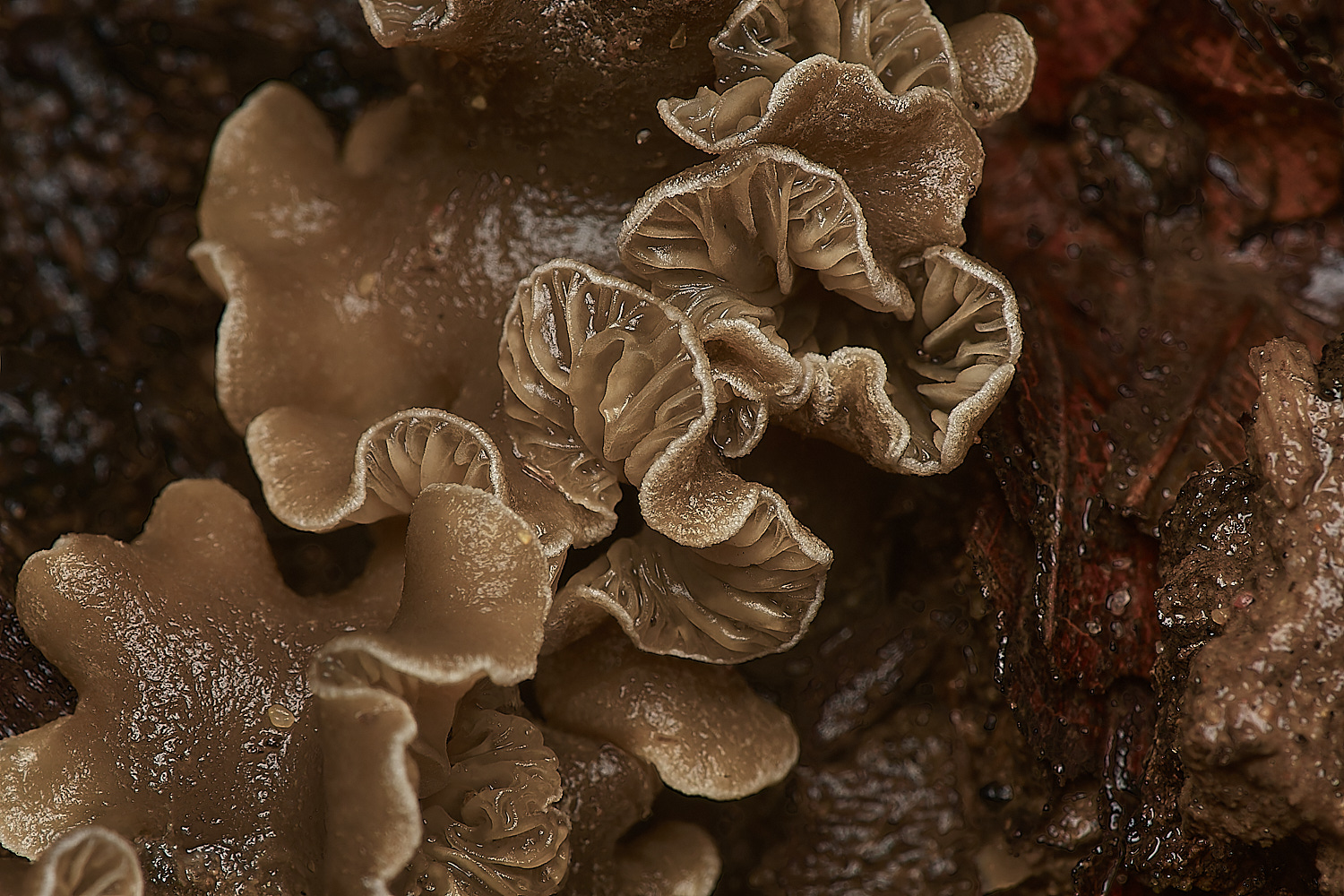
Oysterling Sp?
Steve Commented
And then to the clump of small twisted grey things growing on soil (see photos above) that Maud found, there was a fair bit of speculation in the field including Resupinatus applicatus,
which I have never seen growing on soil, getting it home I very carefully removed all the soil from around the base to try and see if there was any woody debris that it could be
growing on and there was nothing that I could see. I did a spore drop to try and get some spore colour and they really were not inclined to drop any.
Taking a piece of gill and examining the edge under the microscope I could find no cystidia, although this year I have struggled at times to find cystidia on Crepidotus so this is not
an absolute evidence of lack of cystidia.
The spores I found on the gills really did not fit with the suggestion of Resupinatus applicatus either, I am really struggling with this one and wonder if anyone has any thoughts of
directions I may wish to go in with trying to get somewhere. I hope to have another go at it tomorrow. 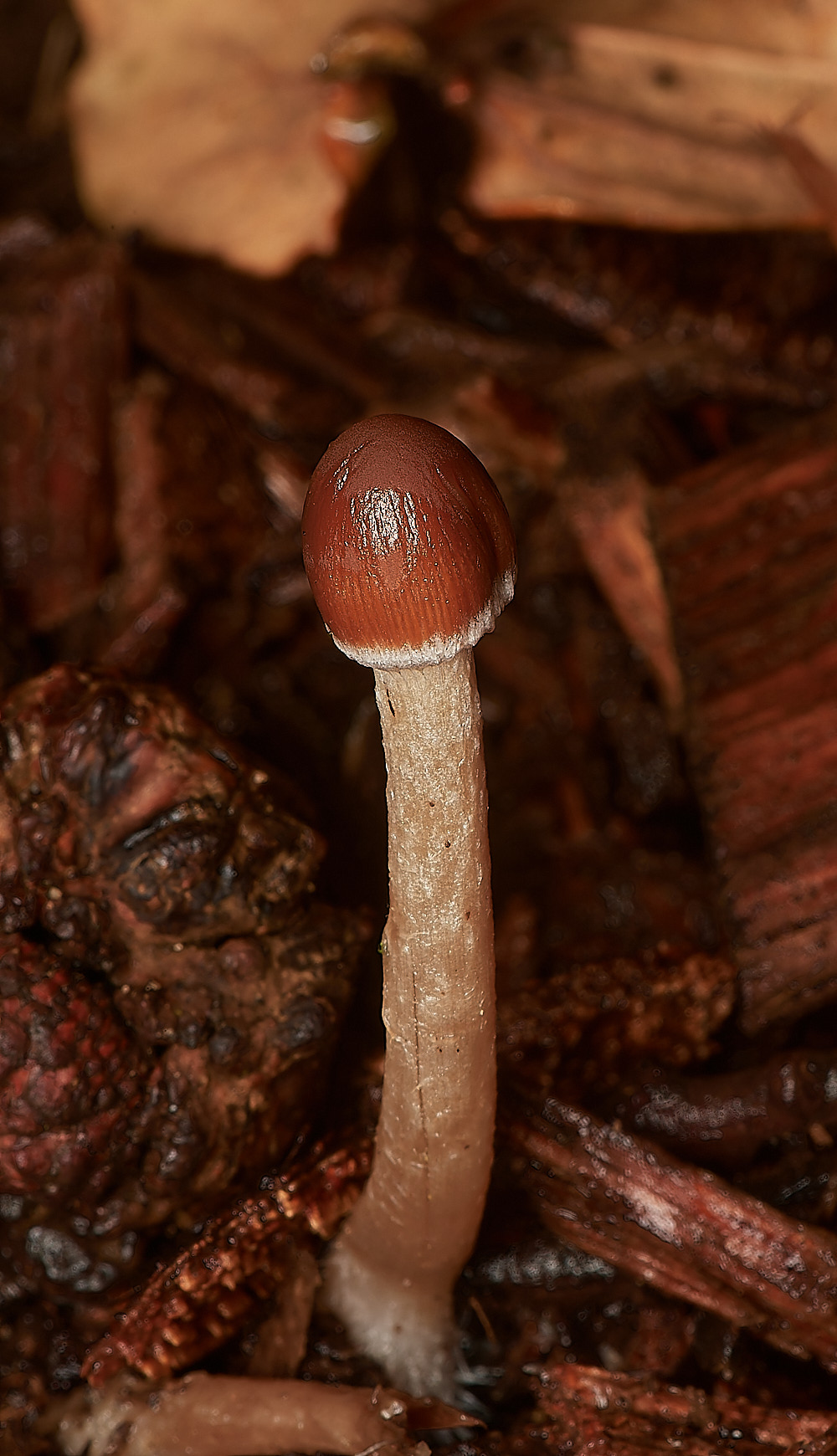
Psathyrella sp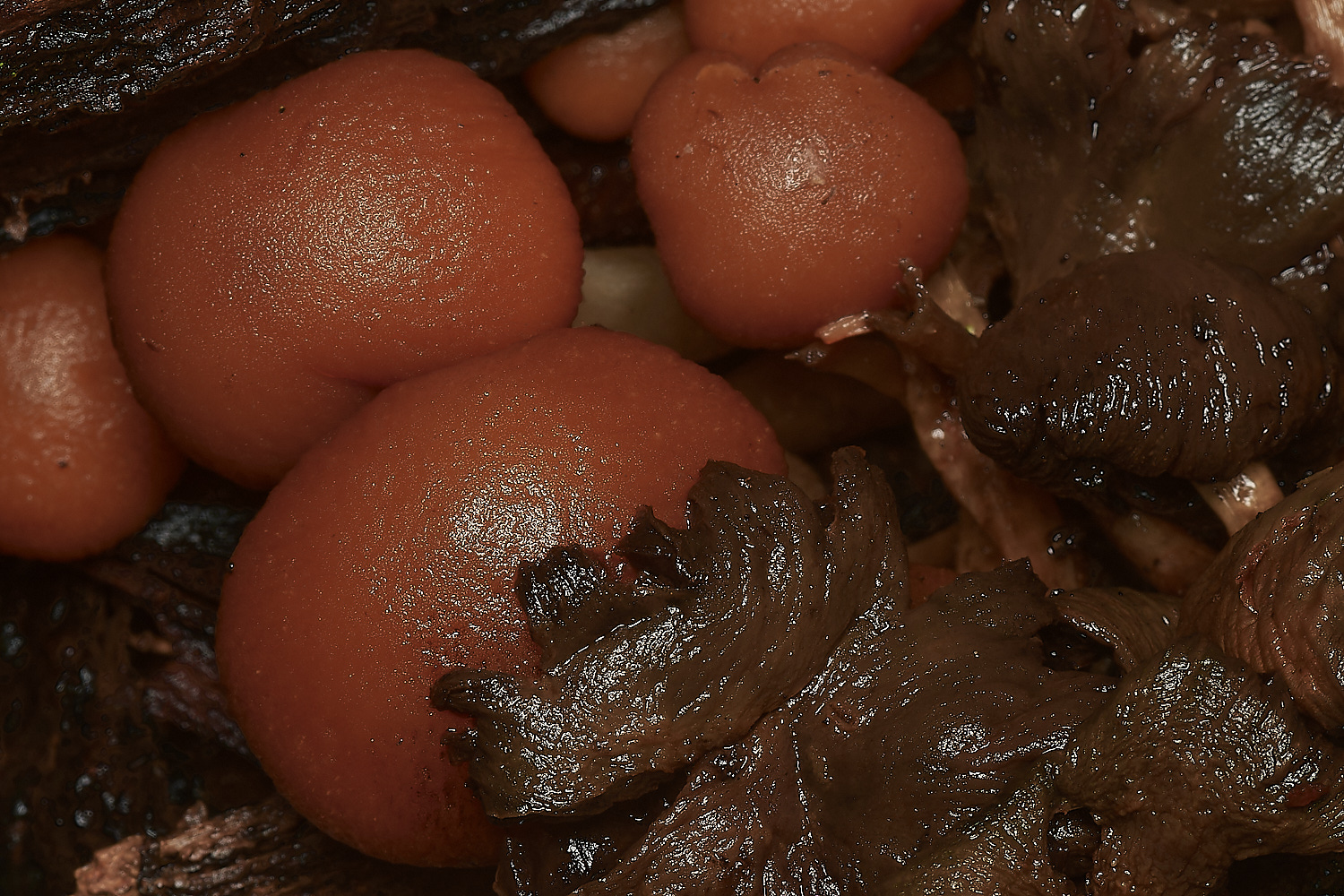

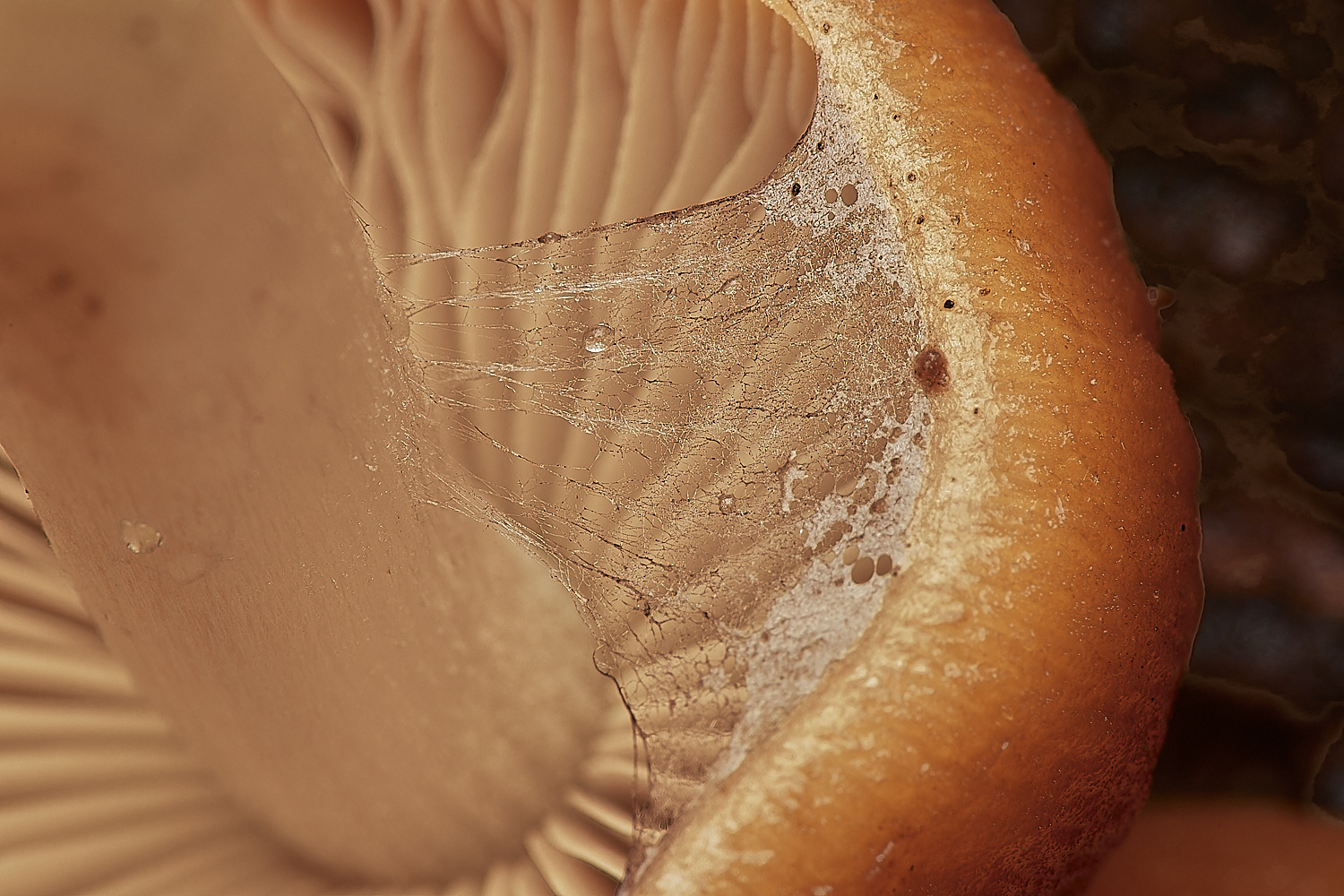
Psathyrella sp showing the veil.
Yvonne ID'd these as
Psathyrella piluliformis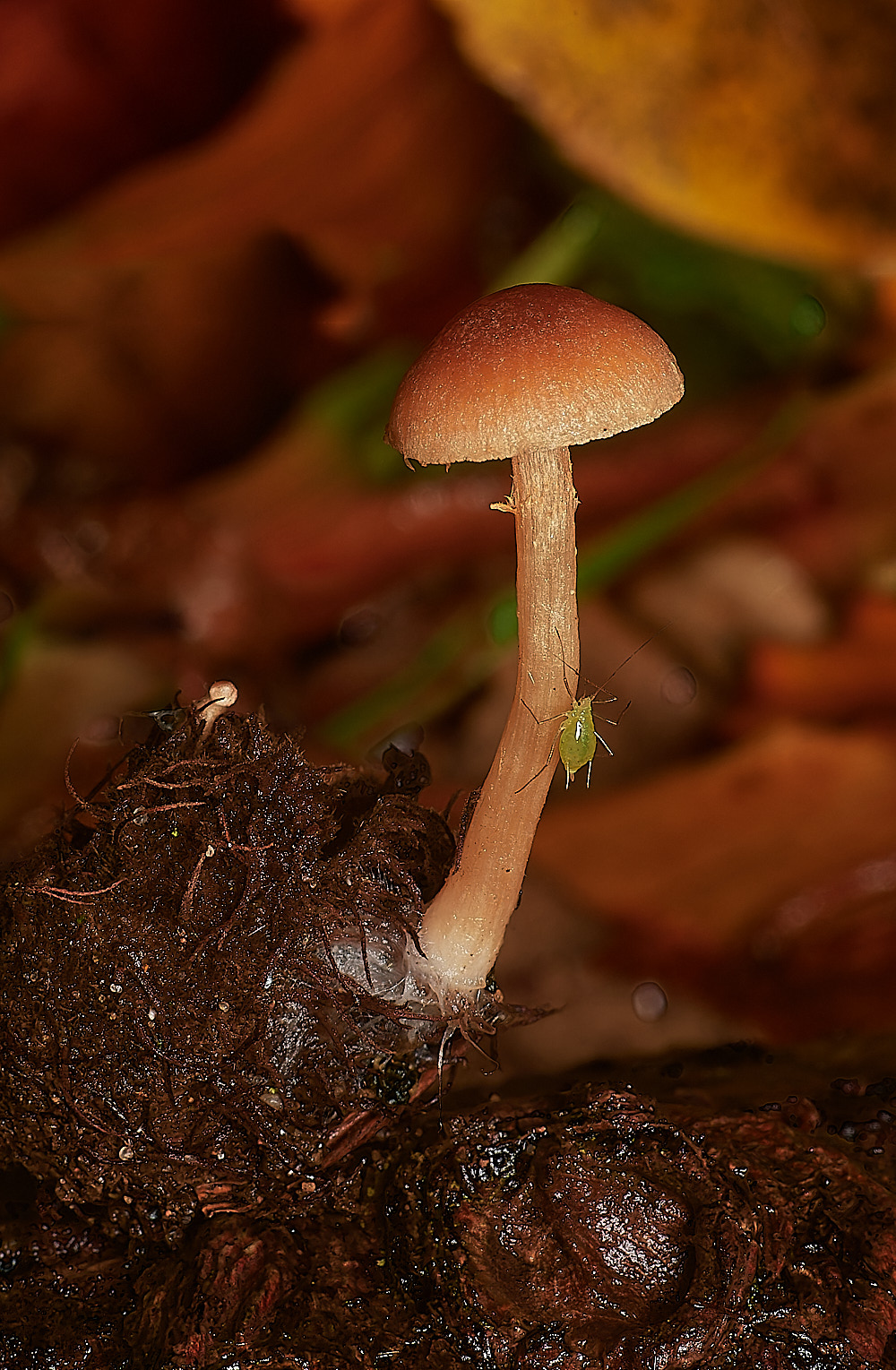
Scurfy Twiglet (Tubararia furfuracea) and Aphid friend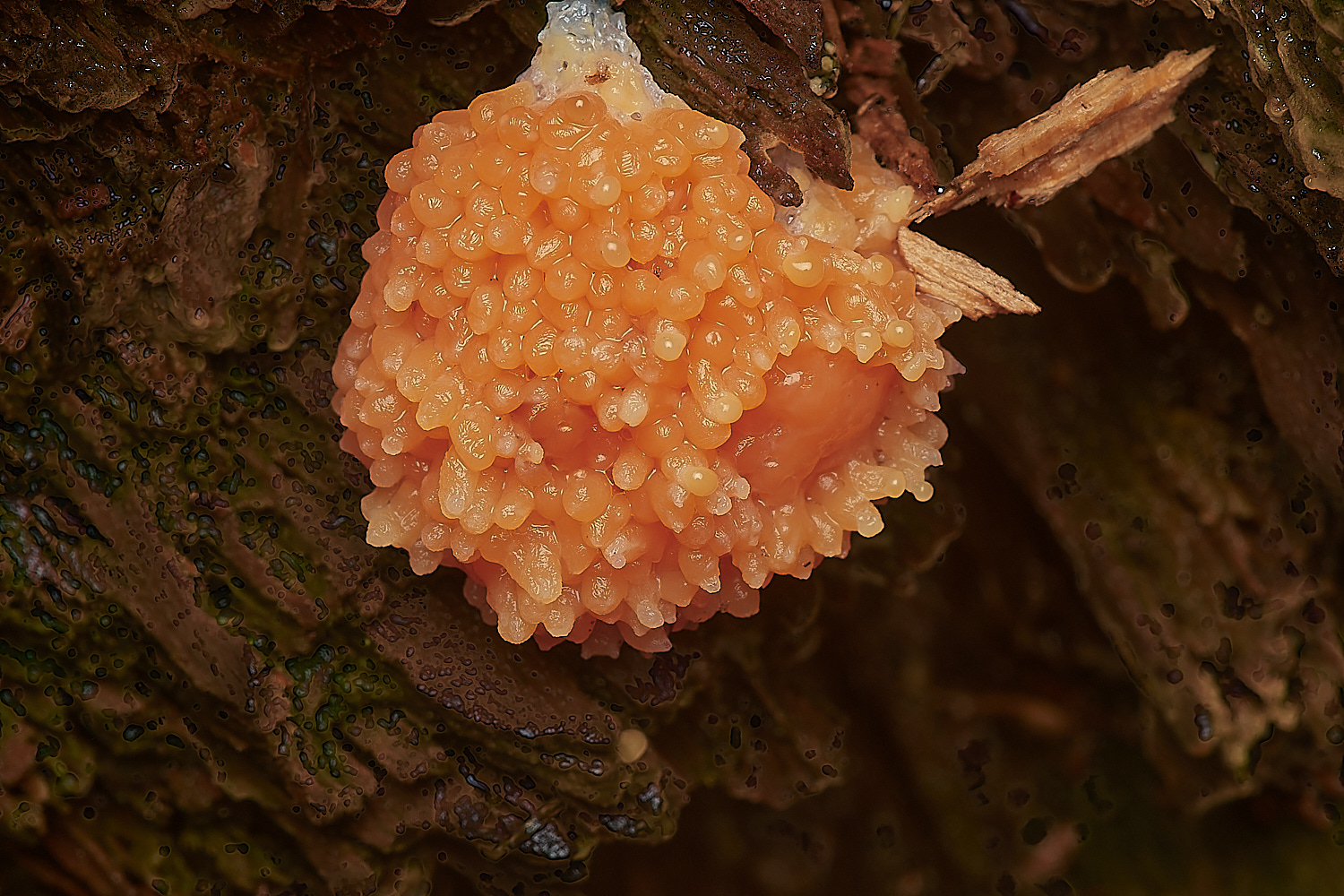
Tubulifera arachnoidea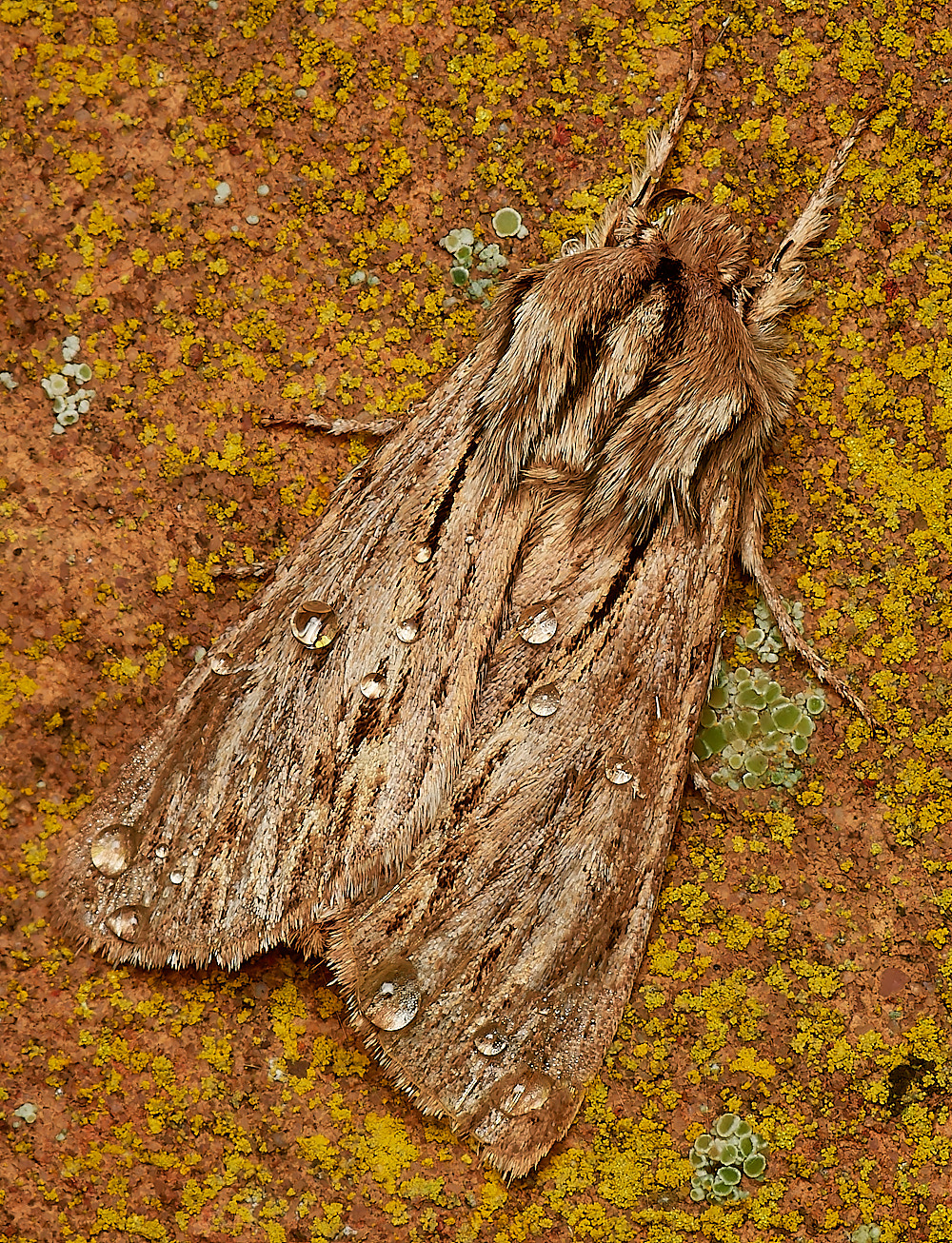
The Sprawler Moth (Asteroscopus sphinx)
Yellow Brain Fungus (Tremella mesenterica)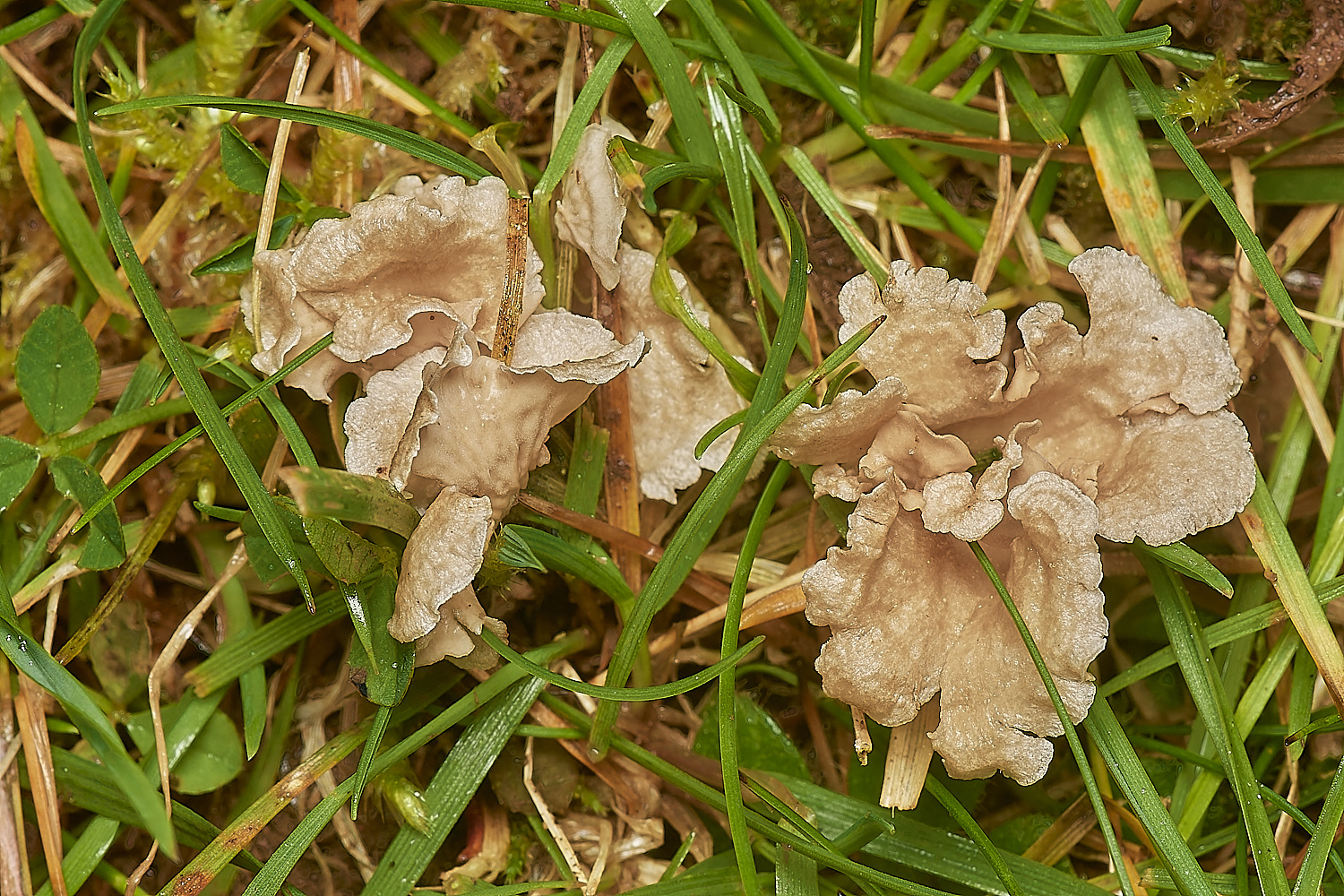
Arrhenia Sp
Perhaps
Small Moss Oysterling (Arrhenia retituga). Springy Turf-moss (Rhytidiadelphus squarrosus) present.
Confirmed By Yvonne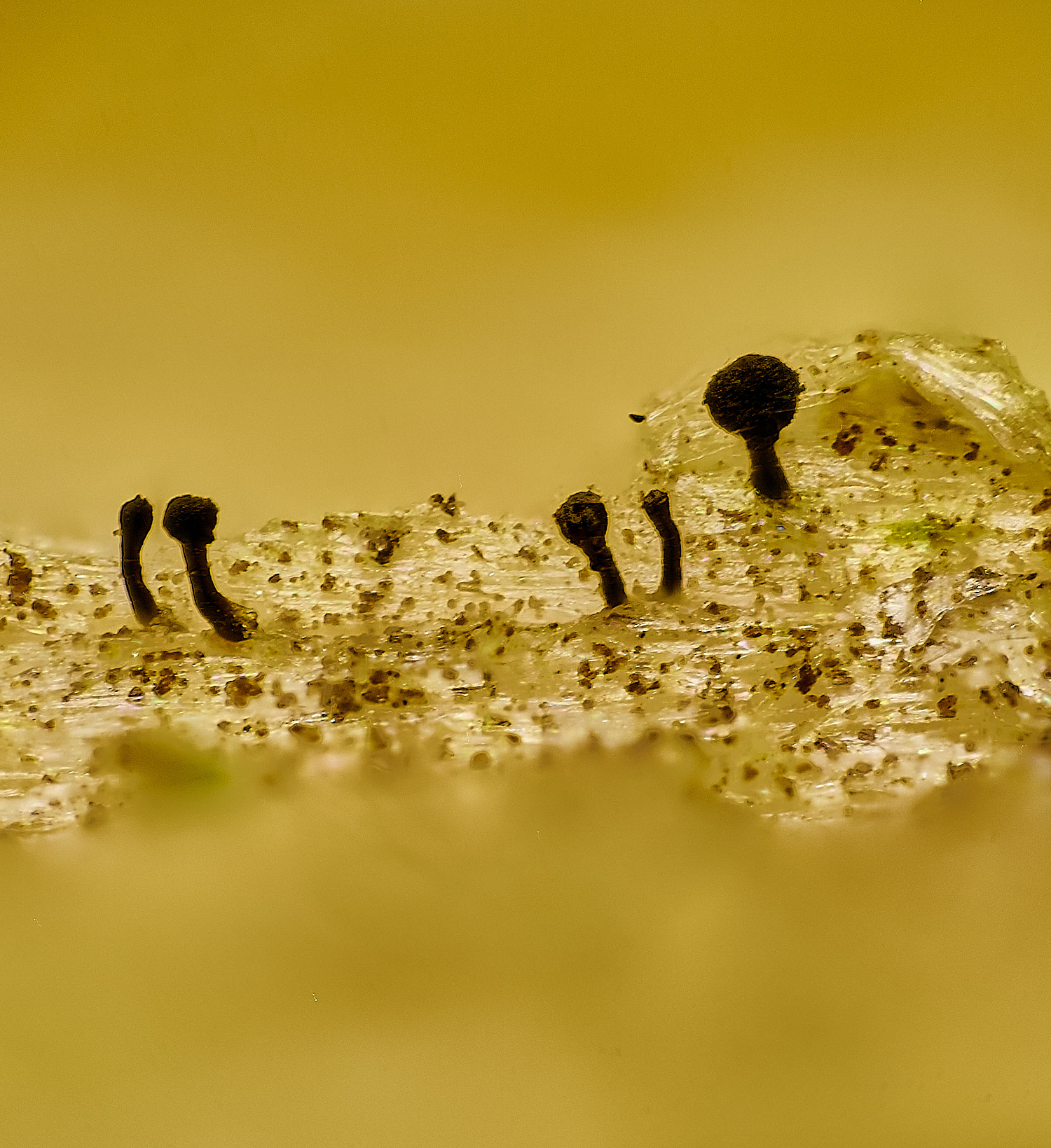
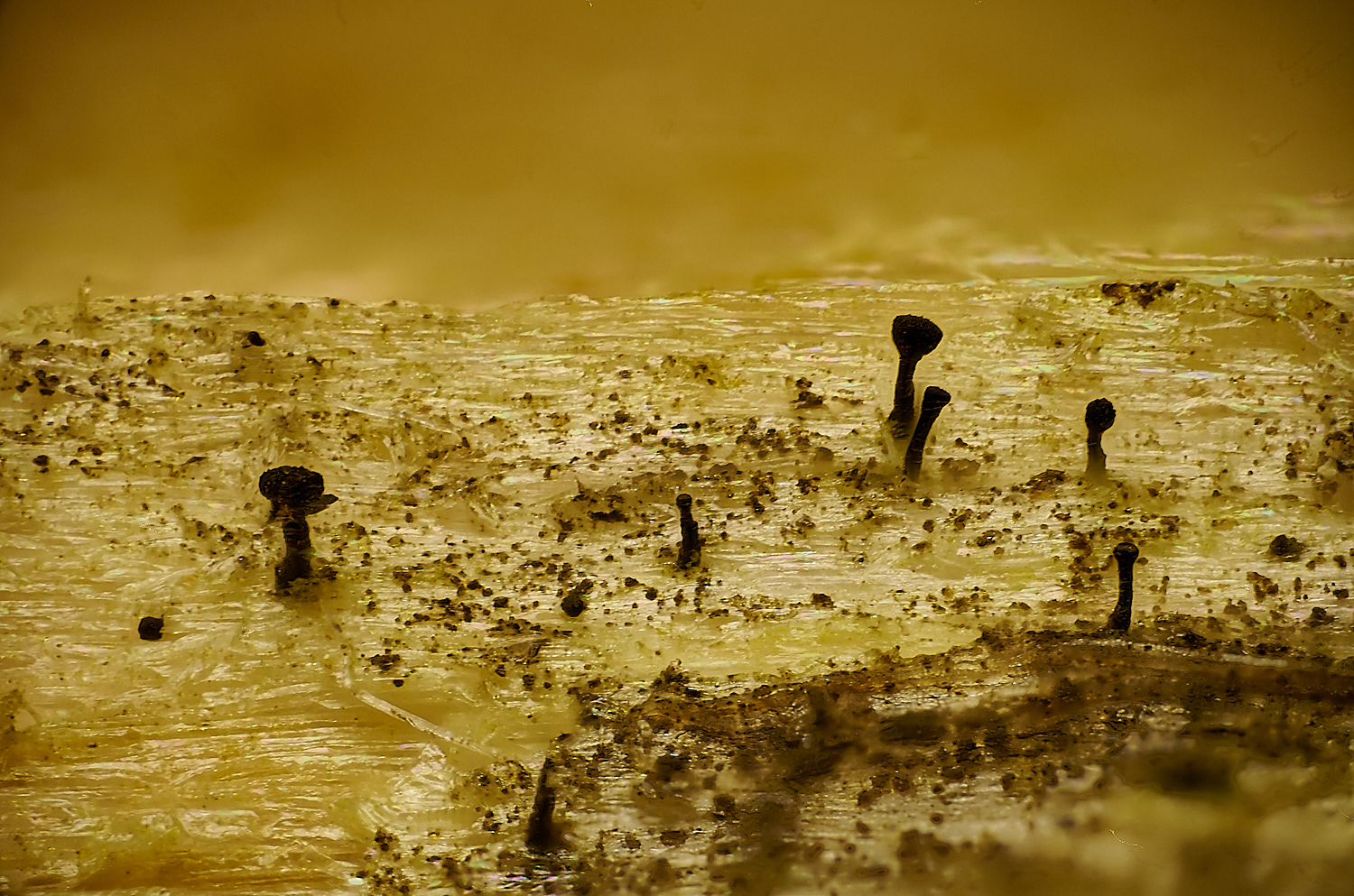
X 10
Tiny Black/ Dark Brown Pinheads Lichen? Fungus? on decaying wood.
Mycocalicium subtile
from
Rob Yaxley
The pinhead turned out to be Mycocalicium subtile. It has dark brown, simple, smooth ellipsoid ascospores,
and is a sunny lignum specialist. Although it has a lichen-like form, The LGBI text notes that it is not lichenized.
Most of the existing records are from Scotland, and this is the first record for Norfolk as far as I am aware.